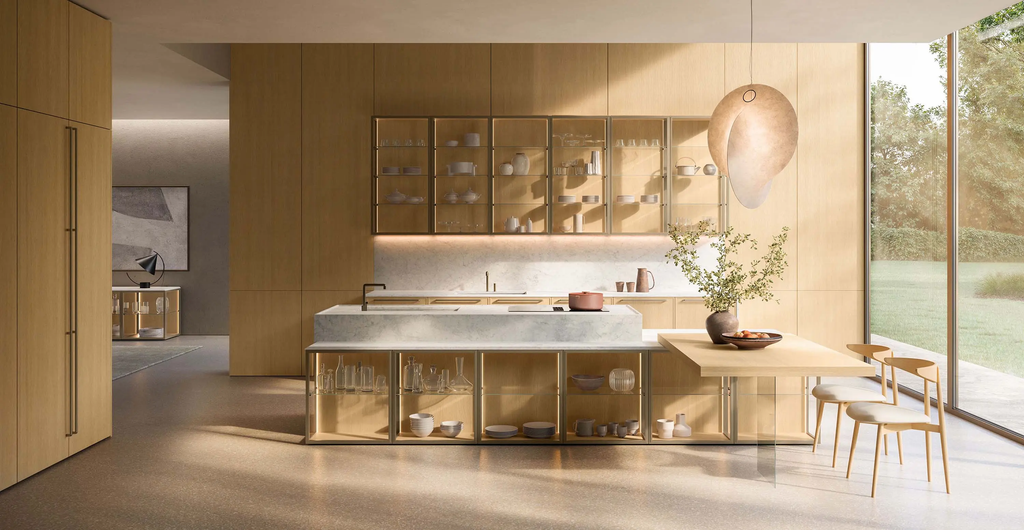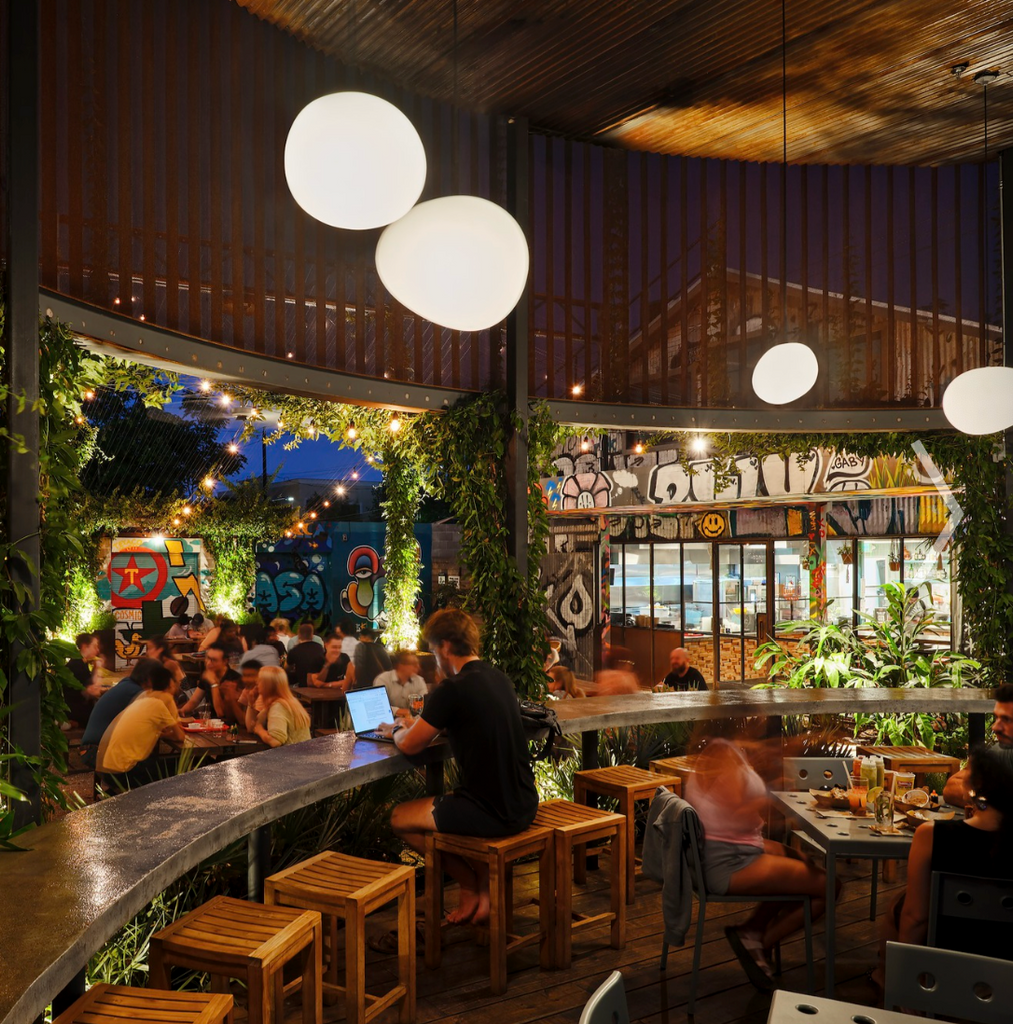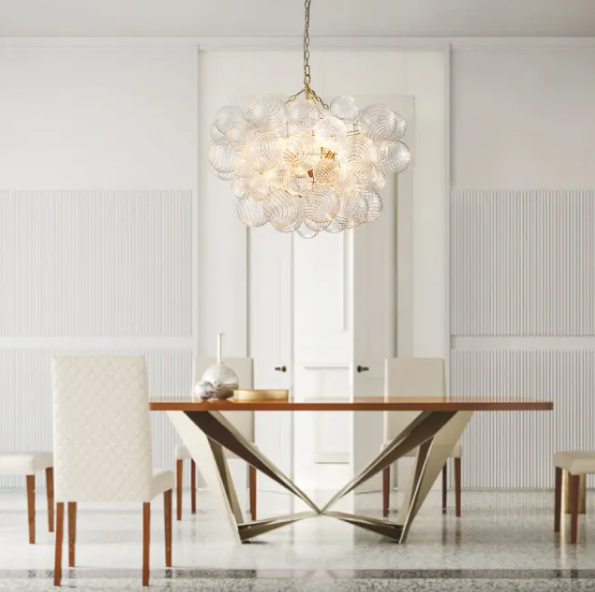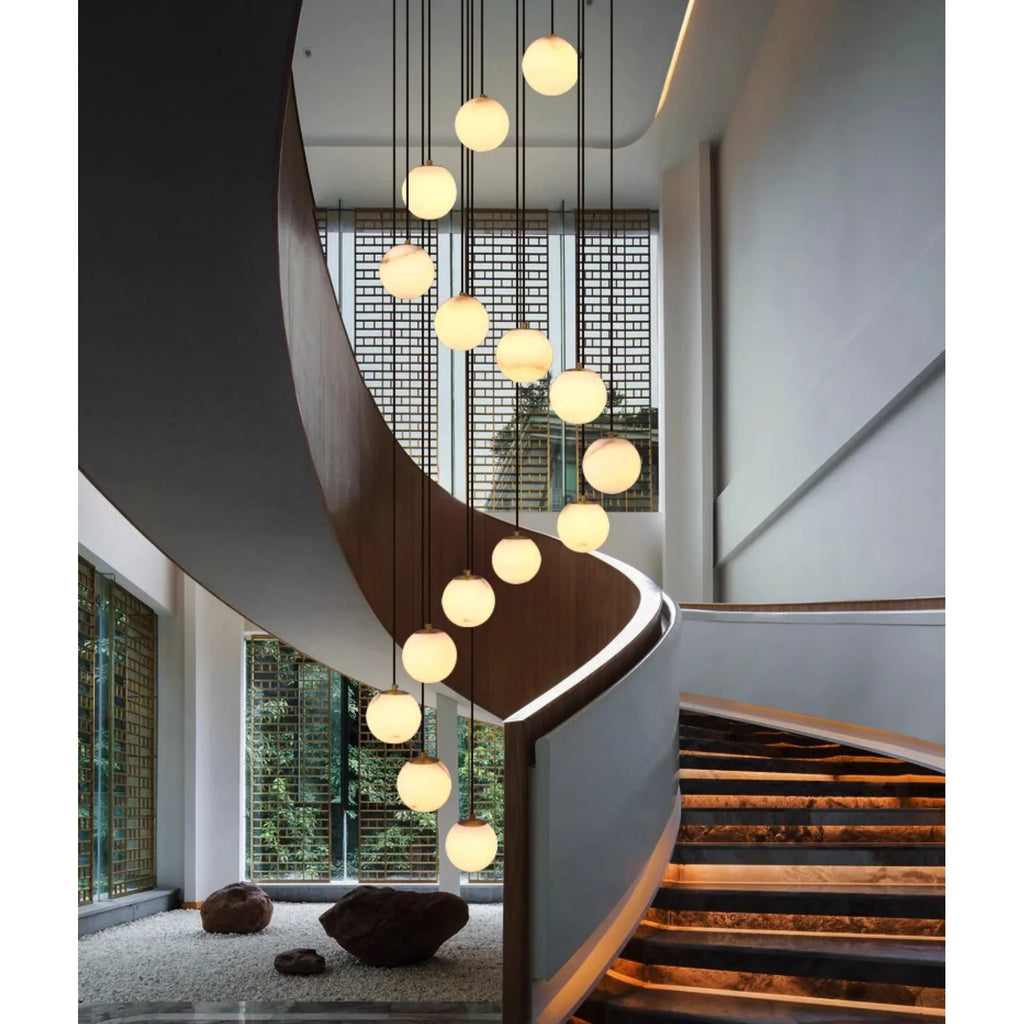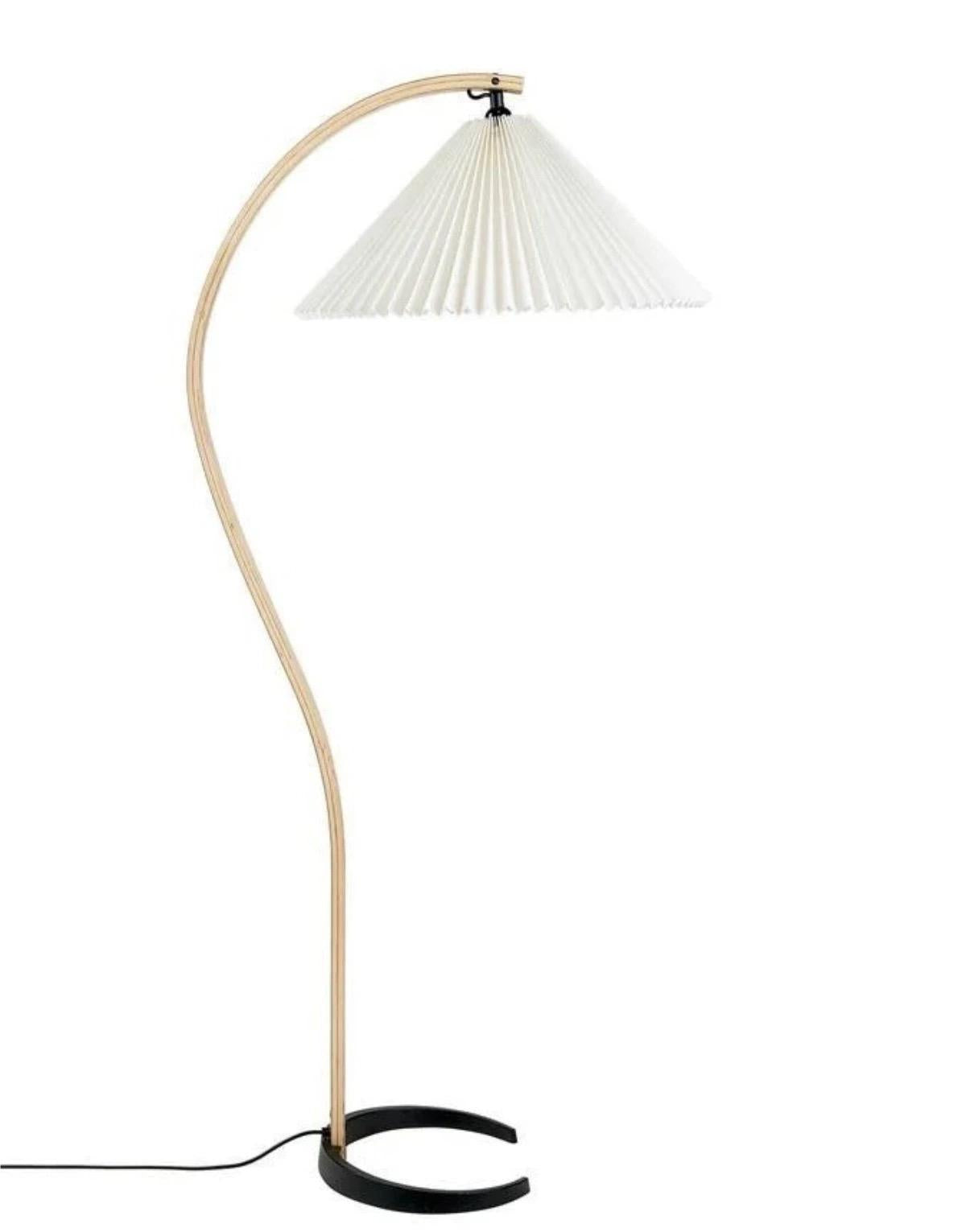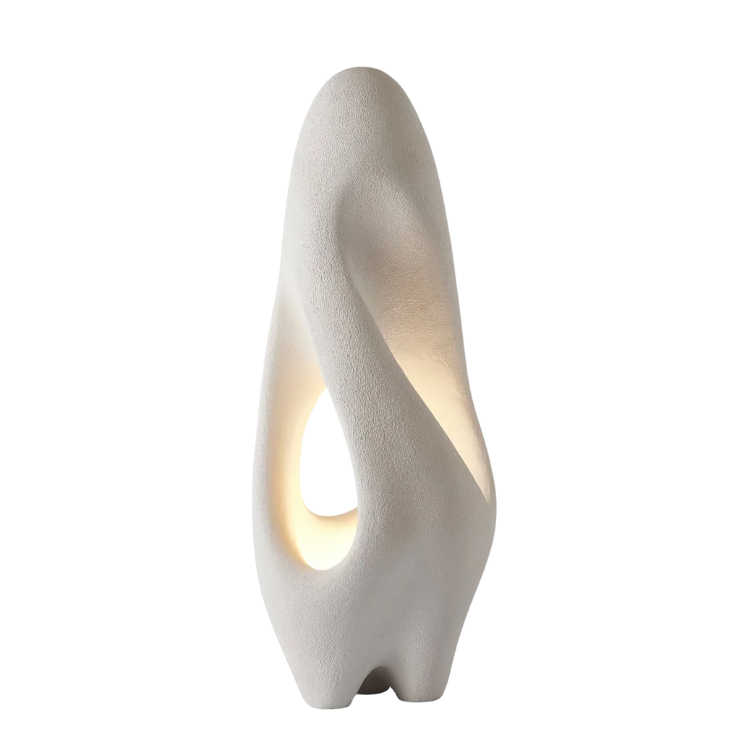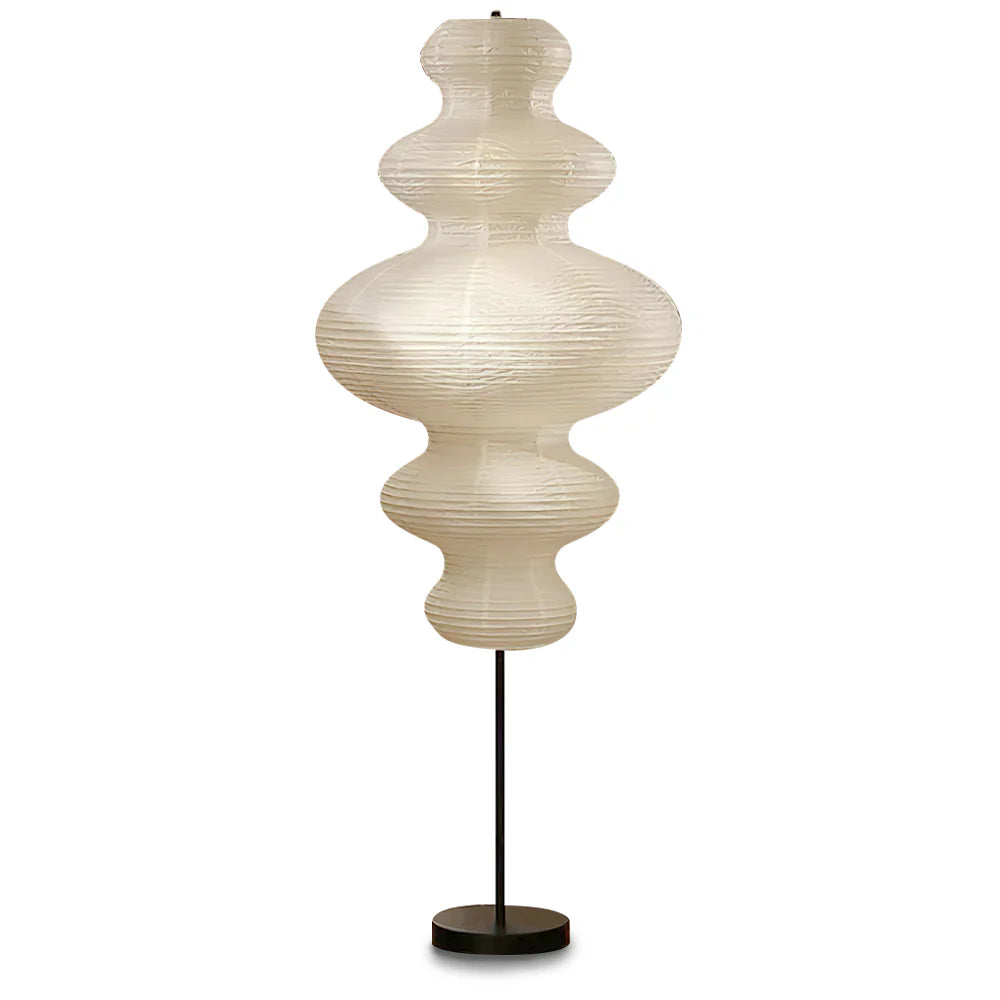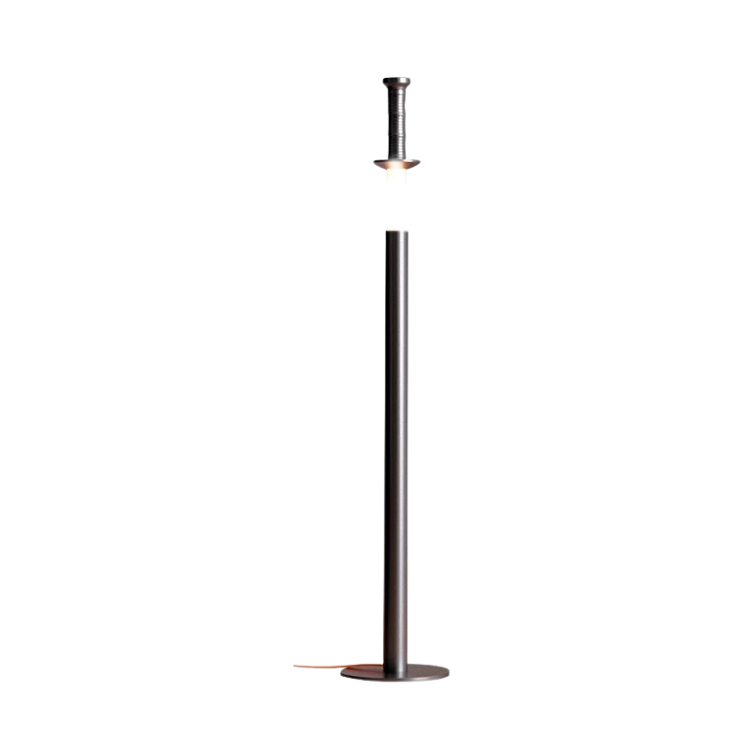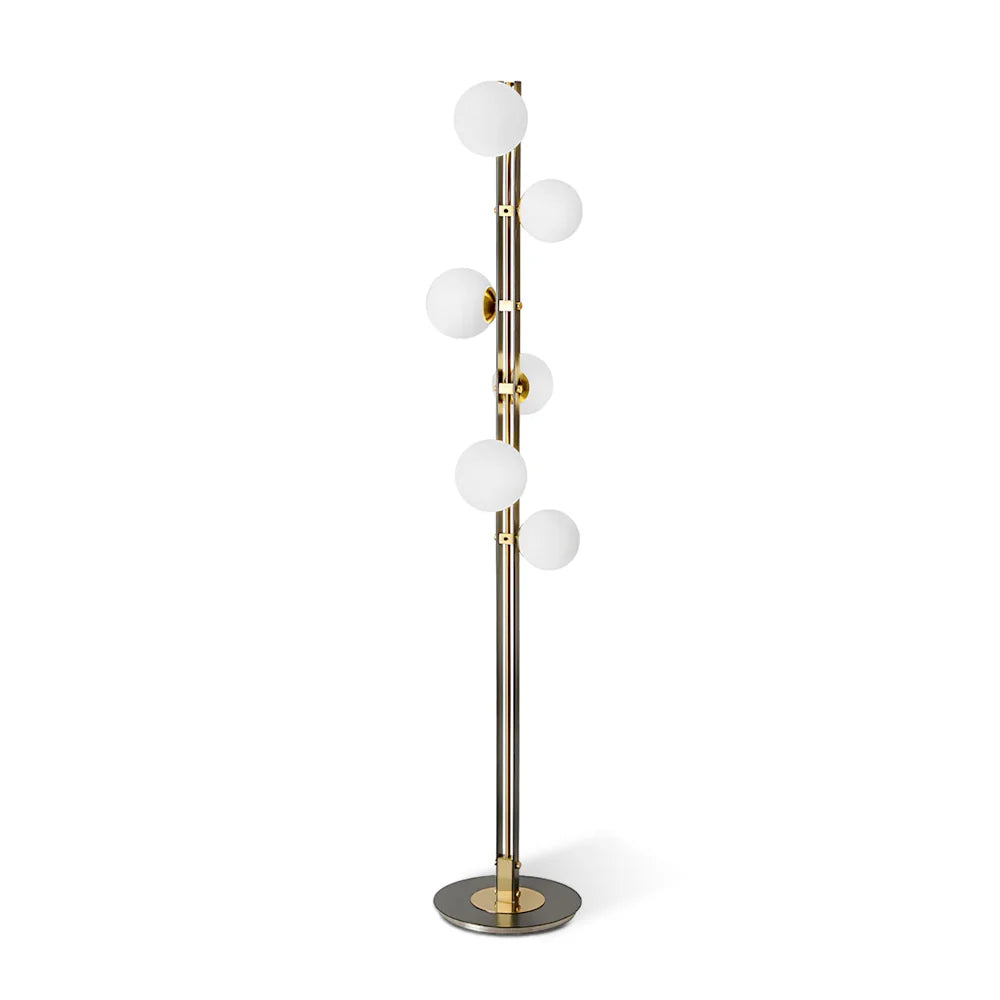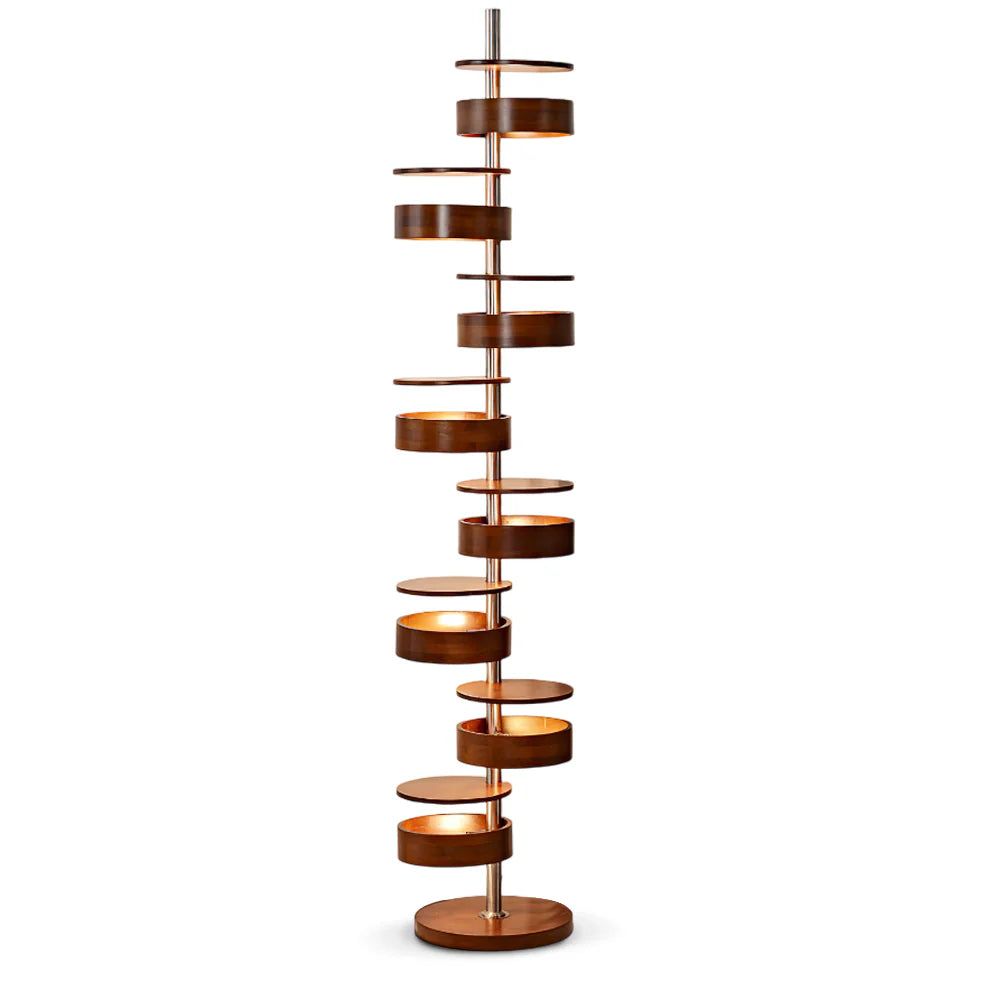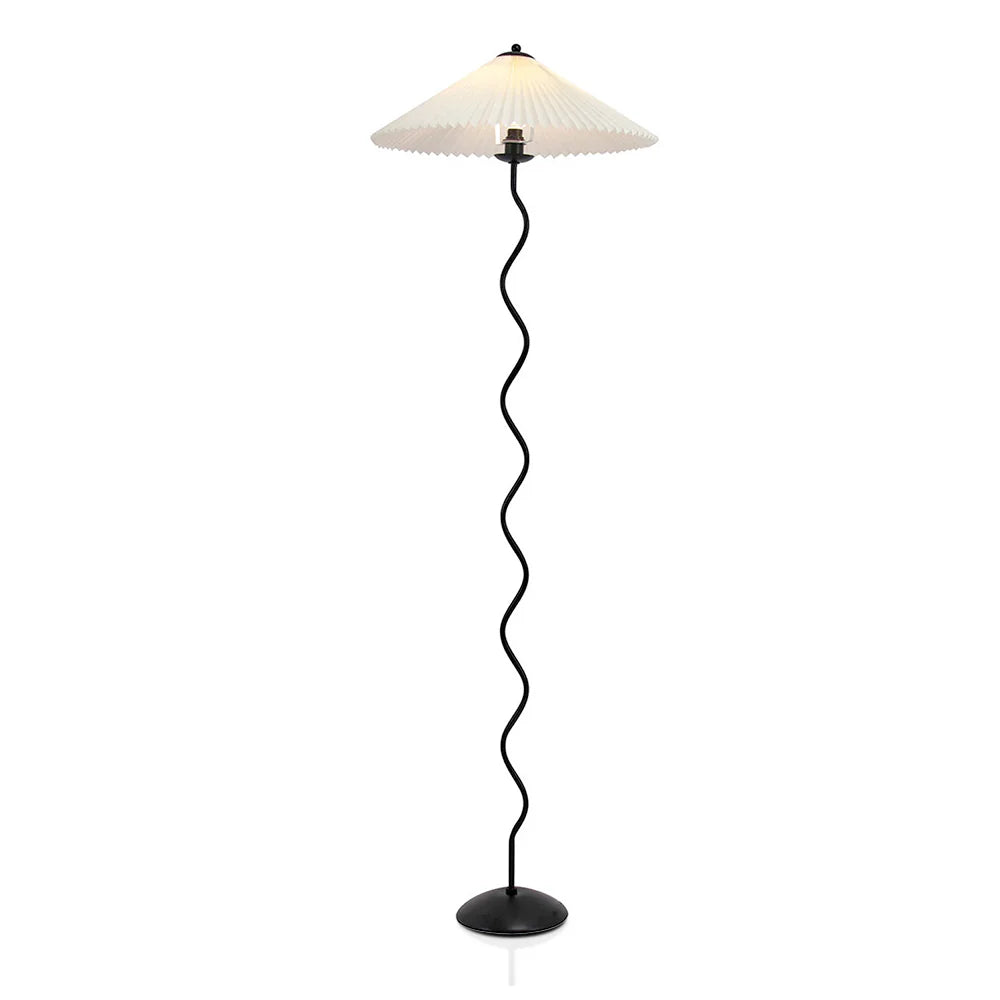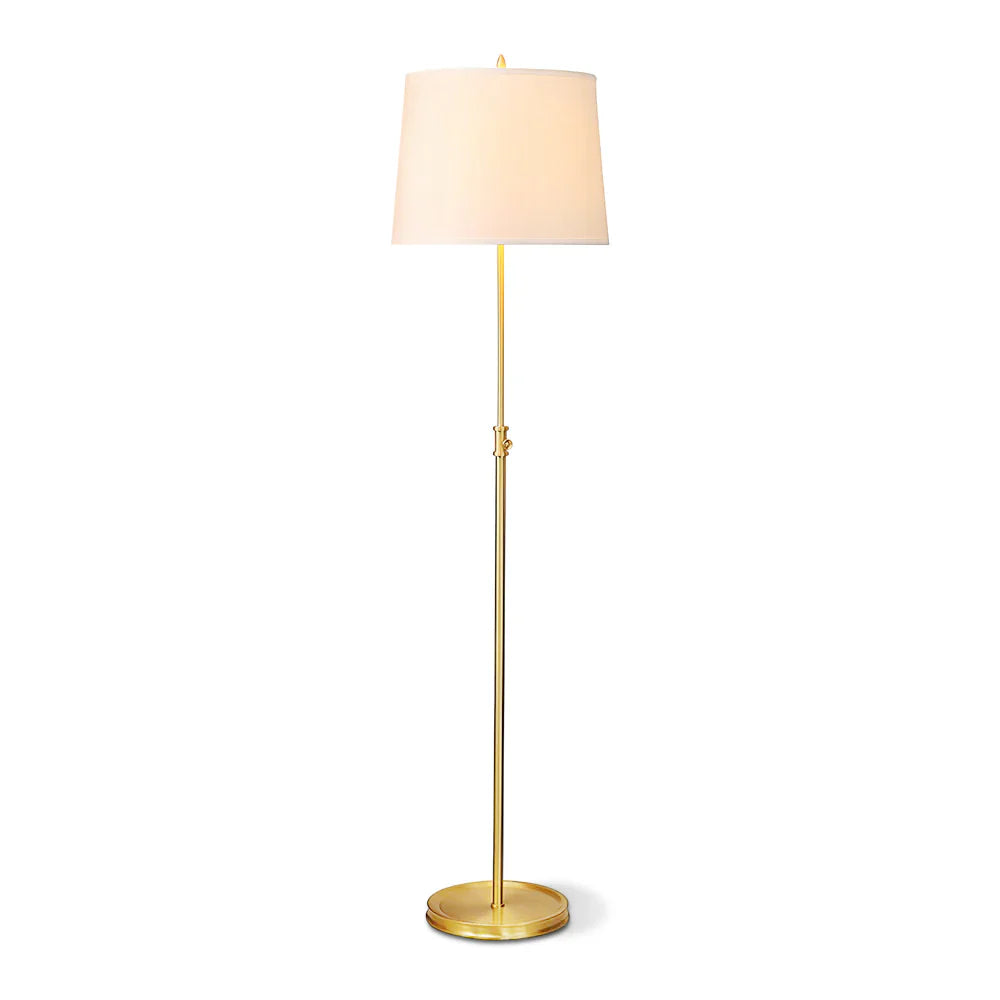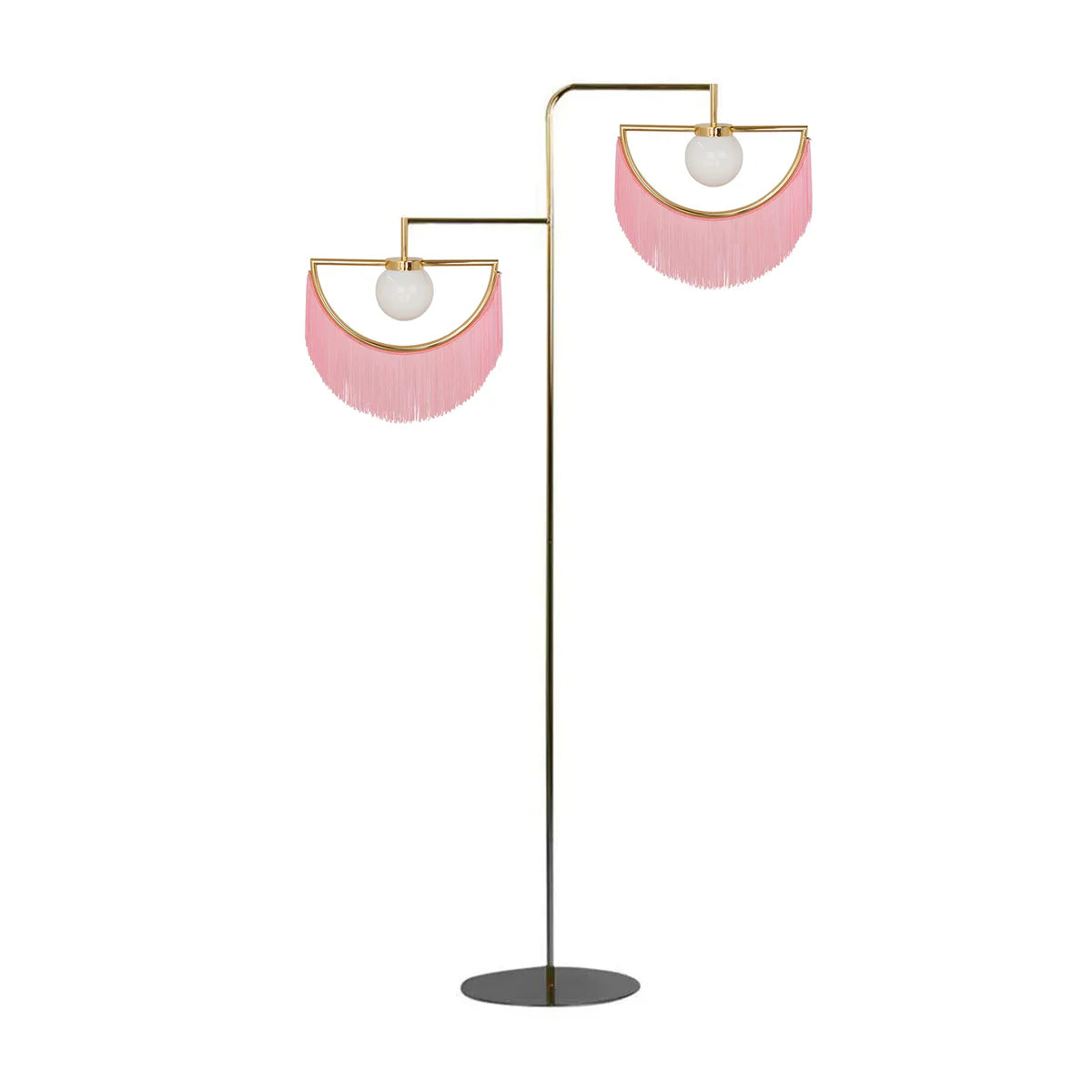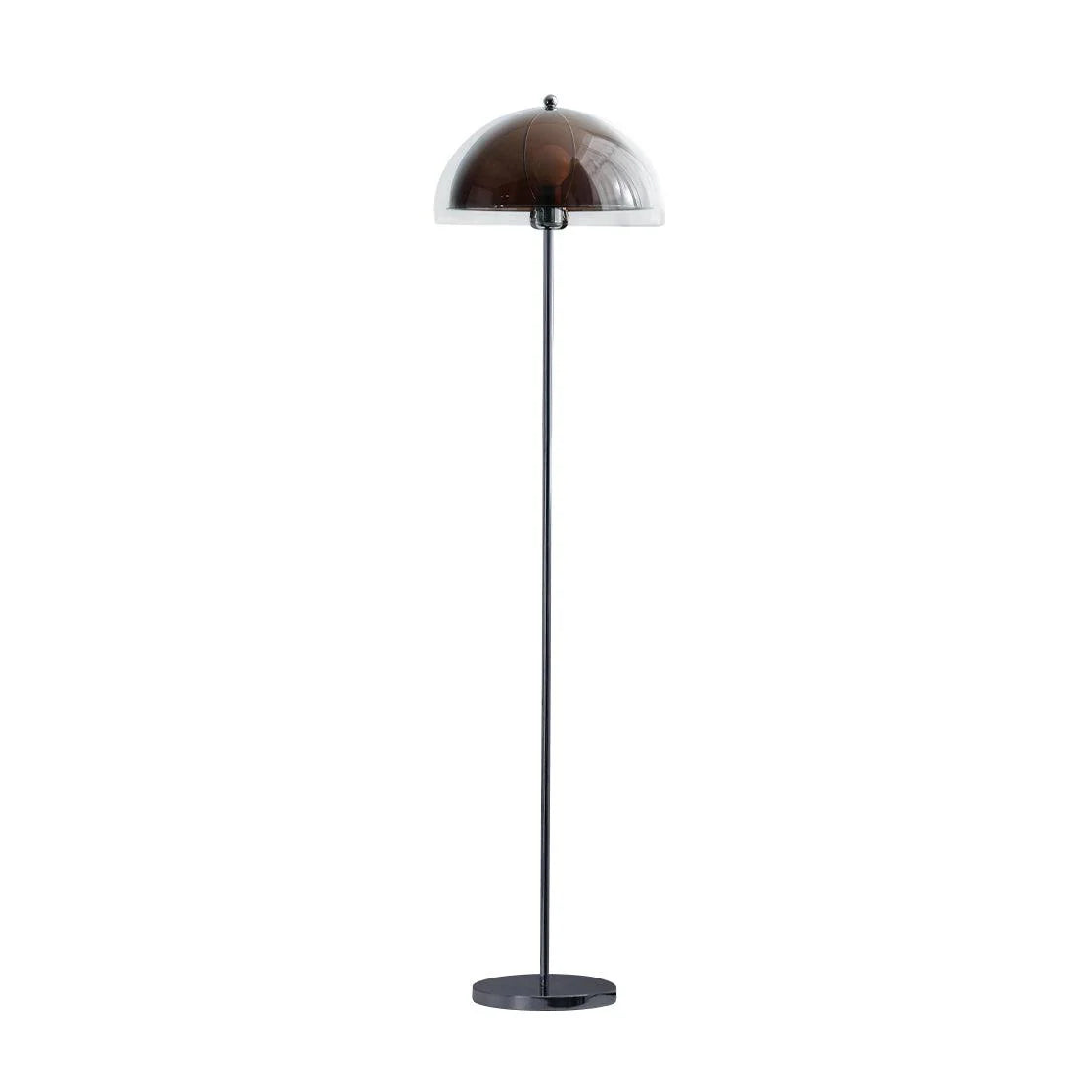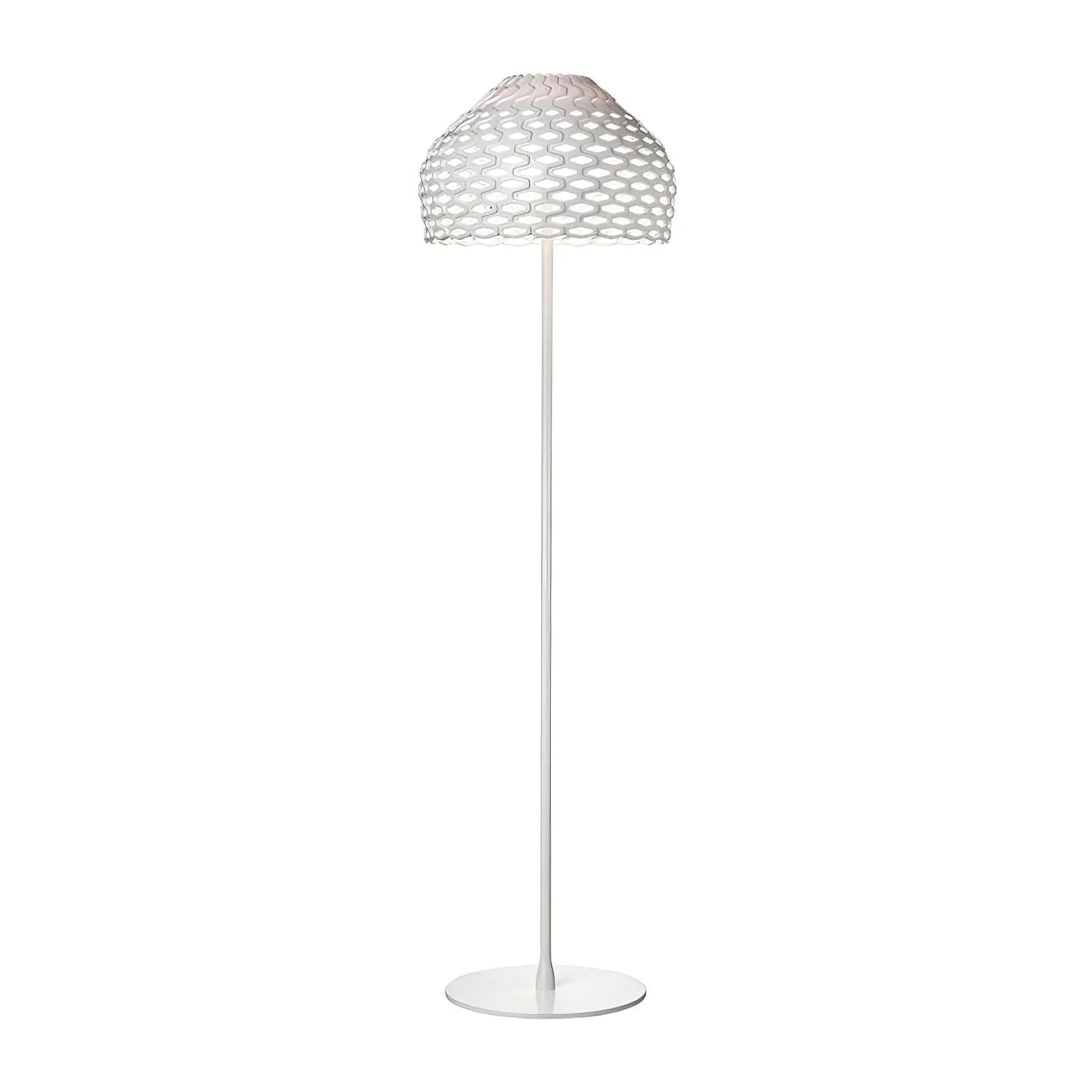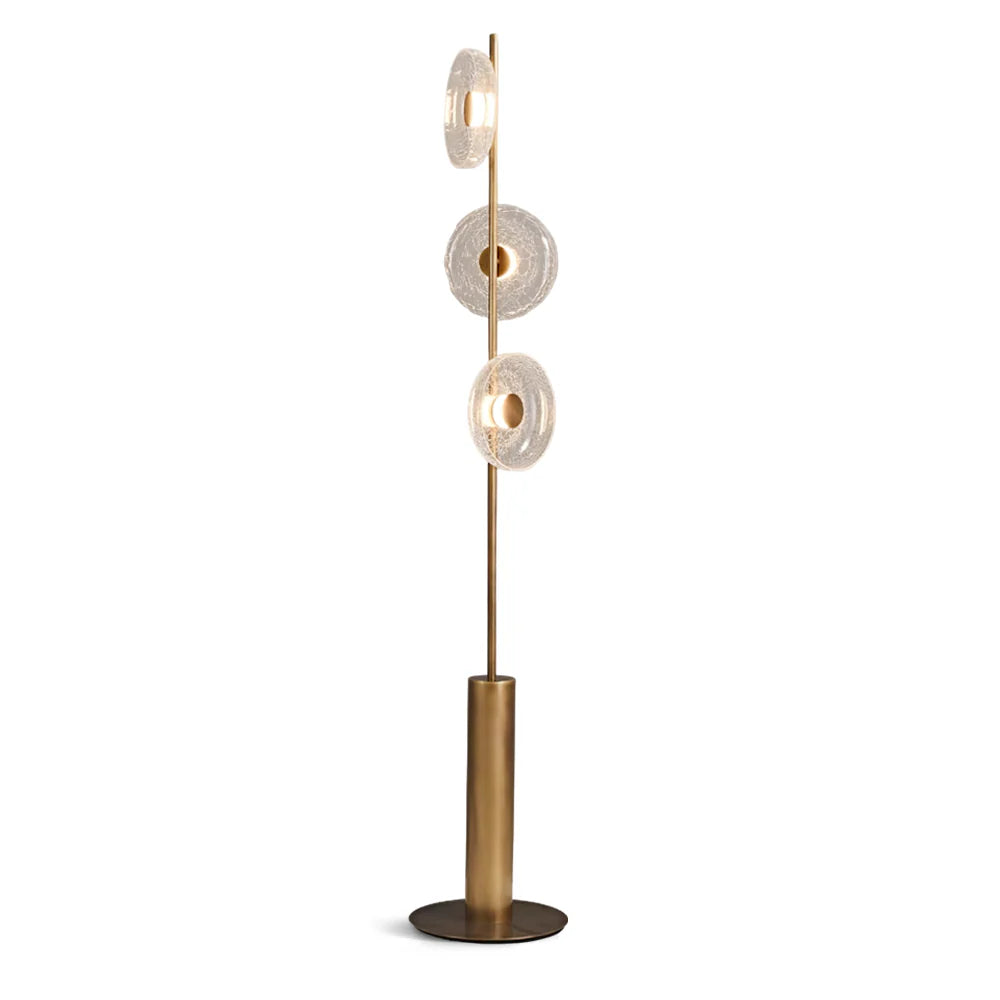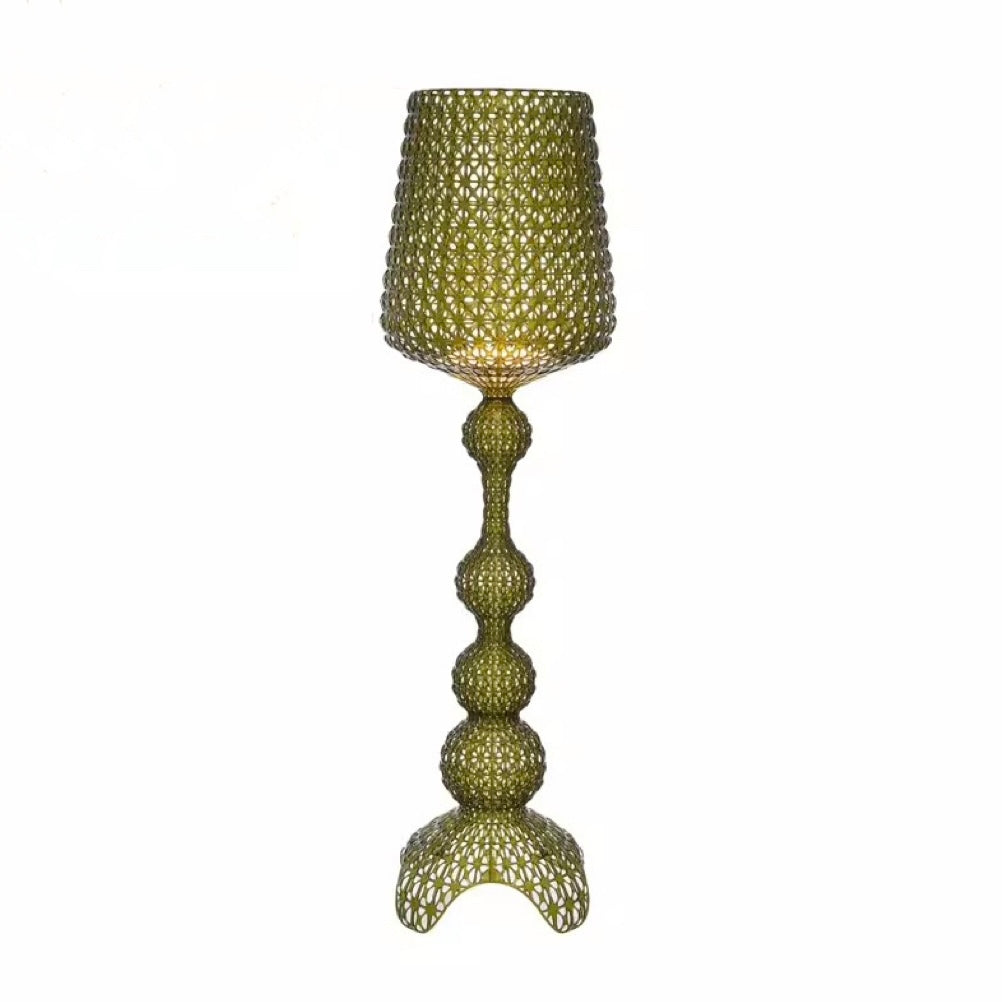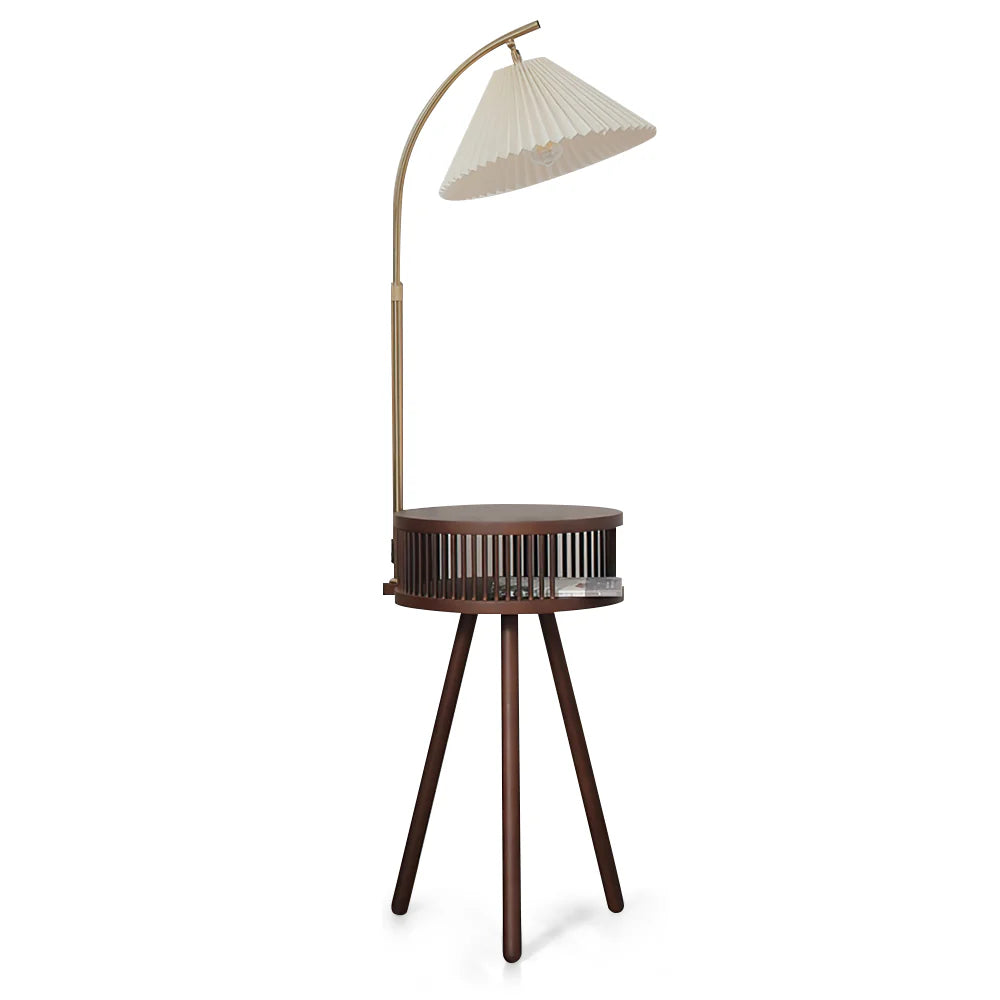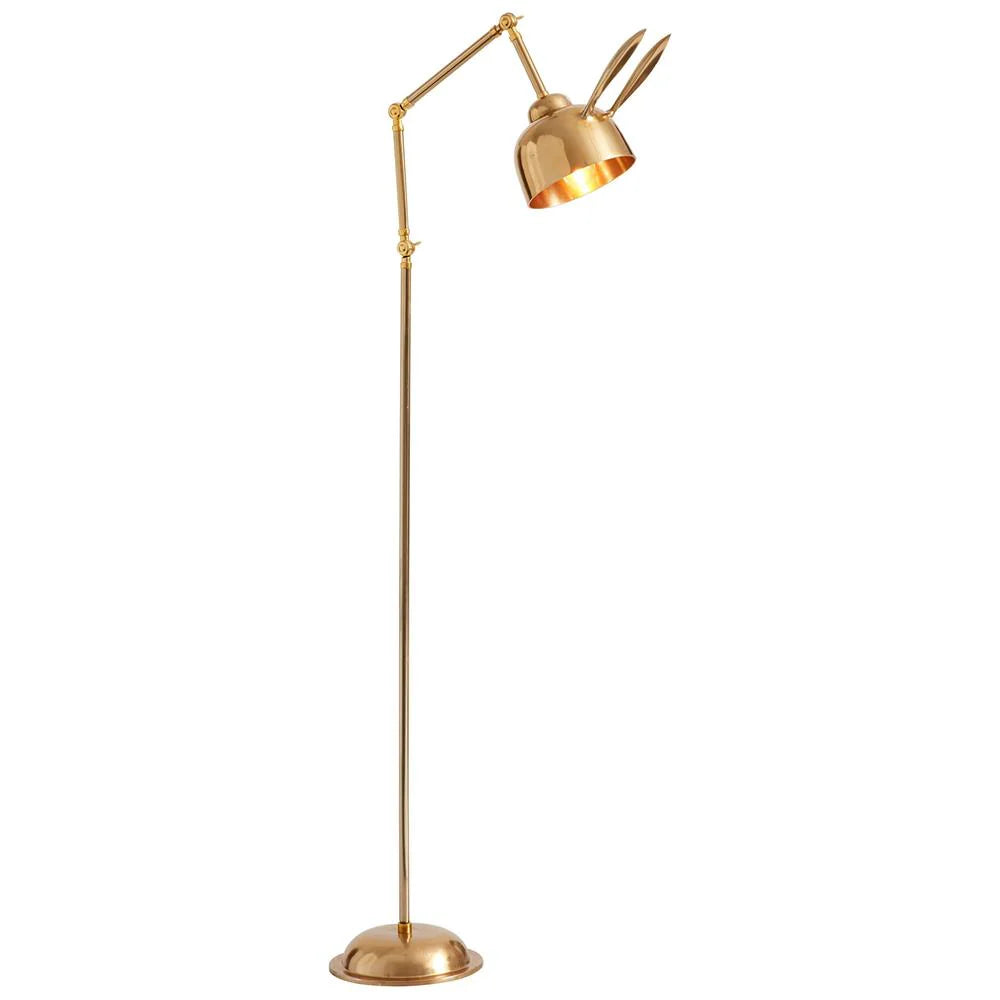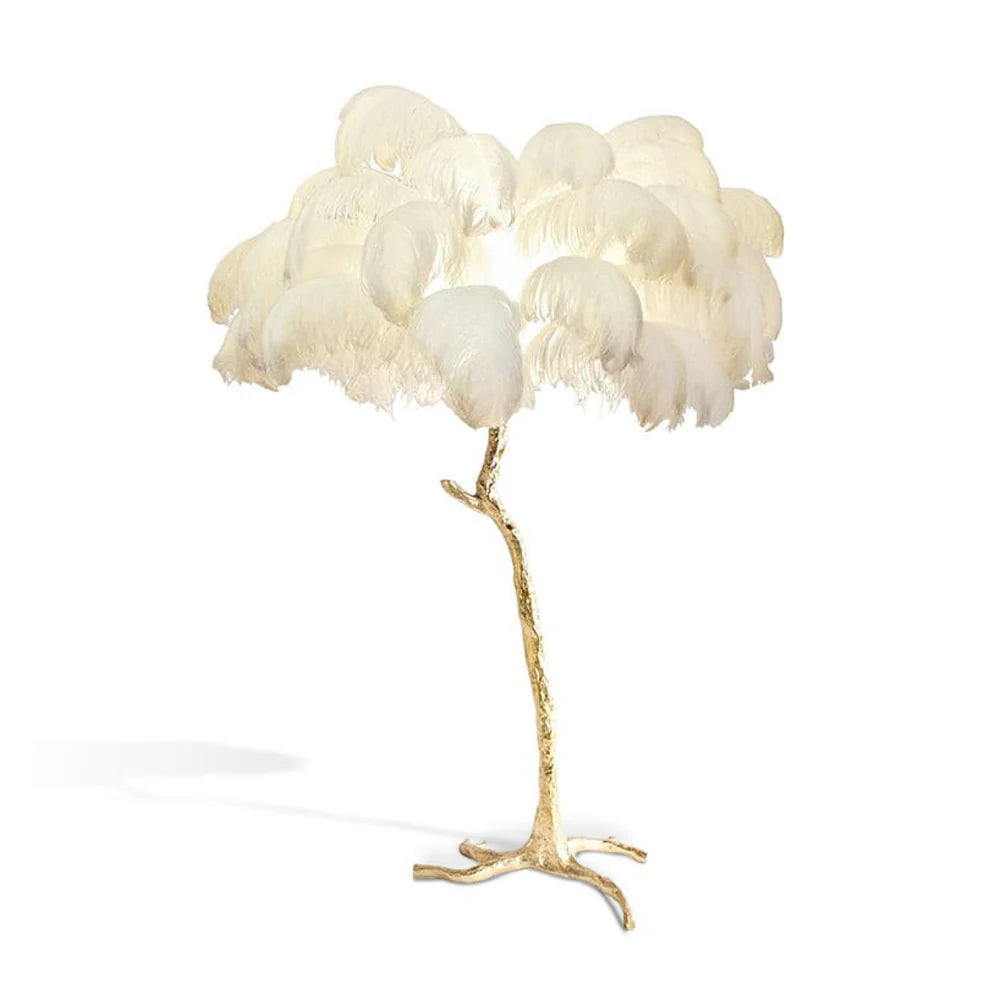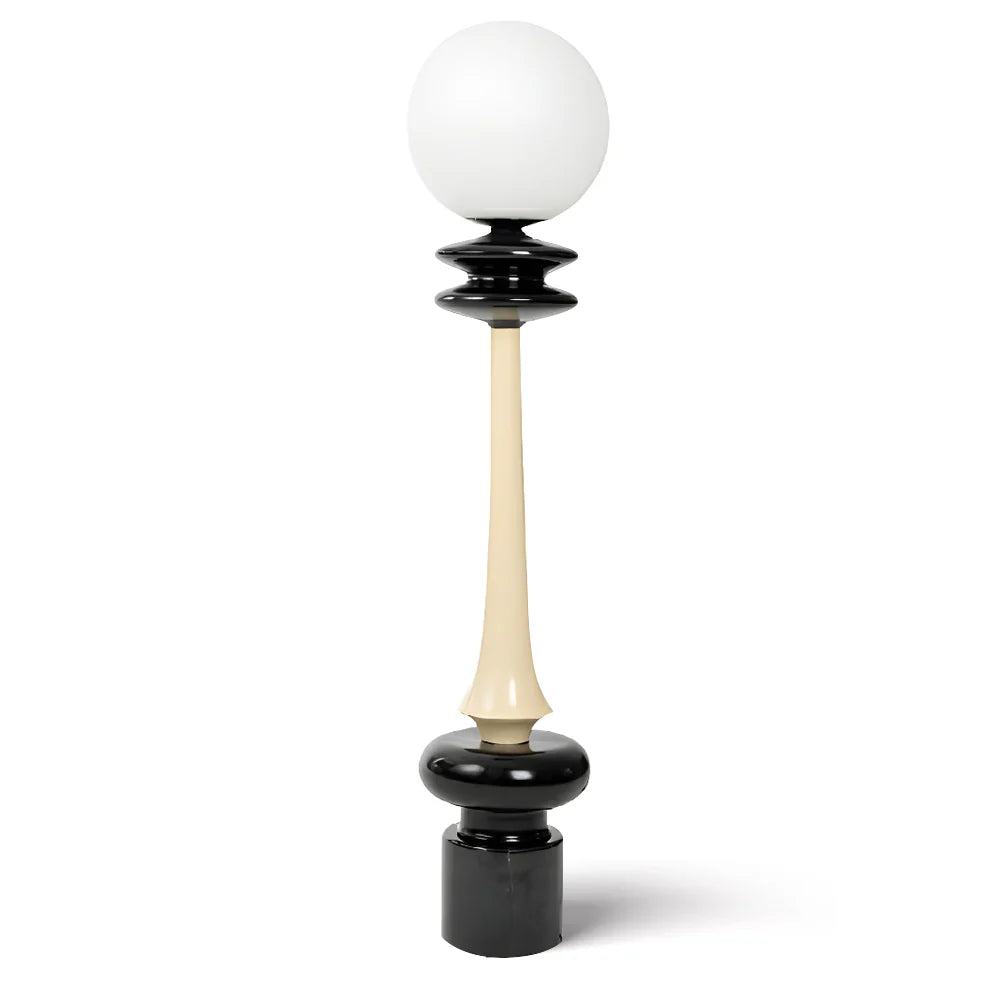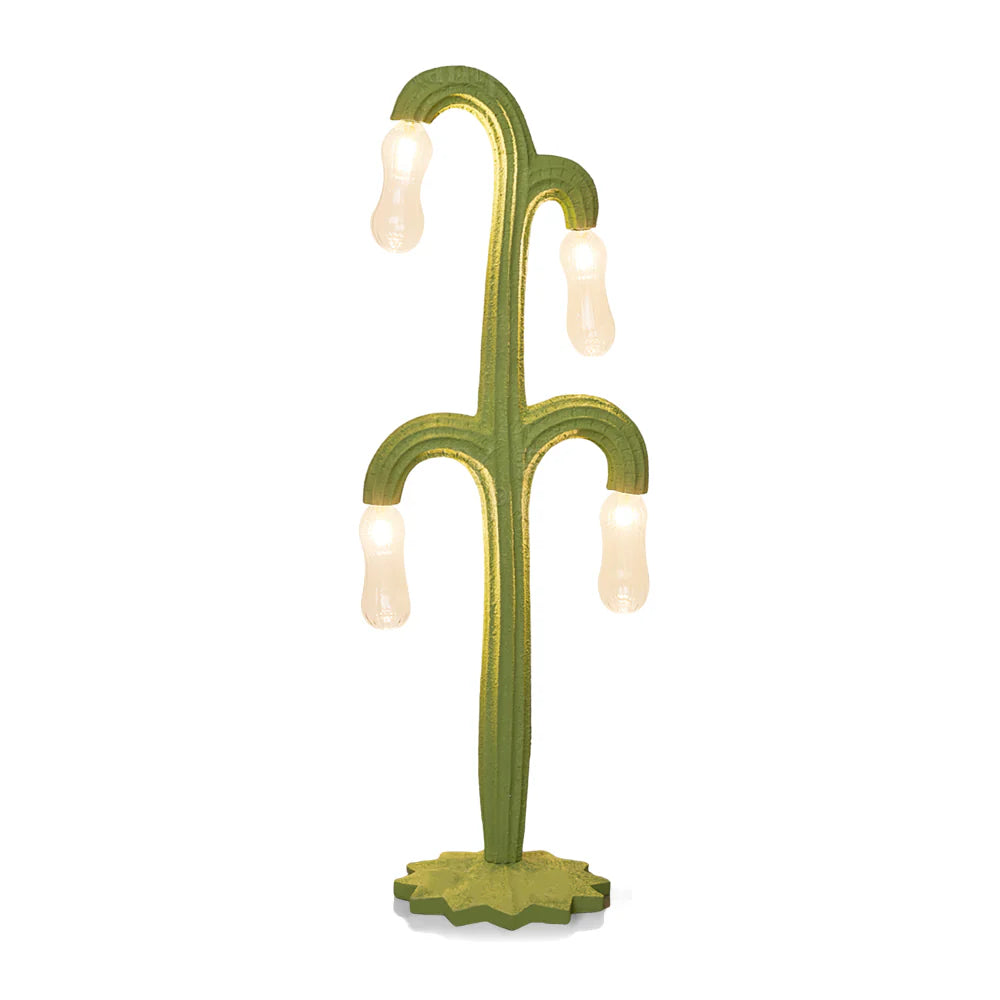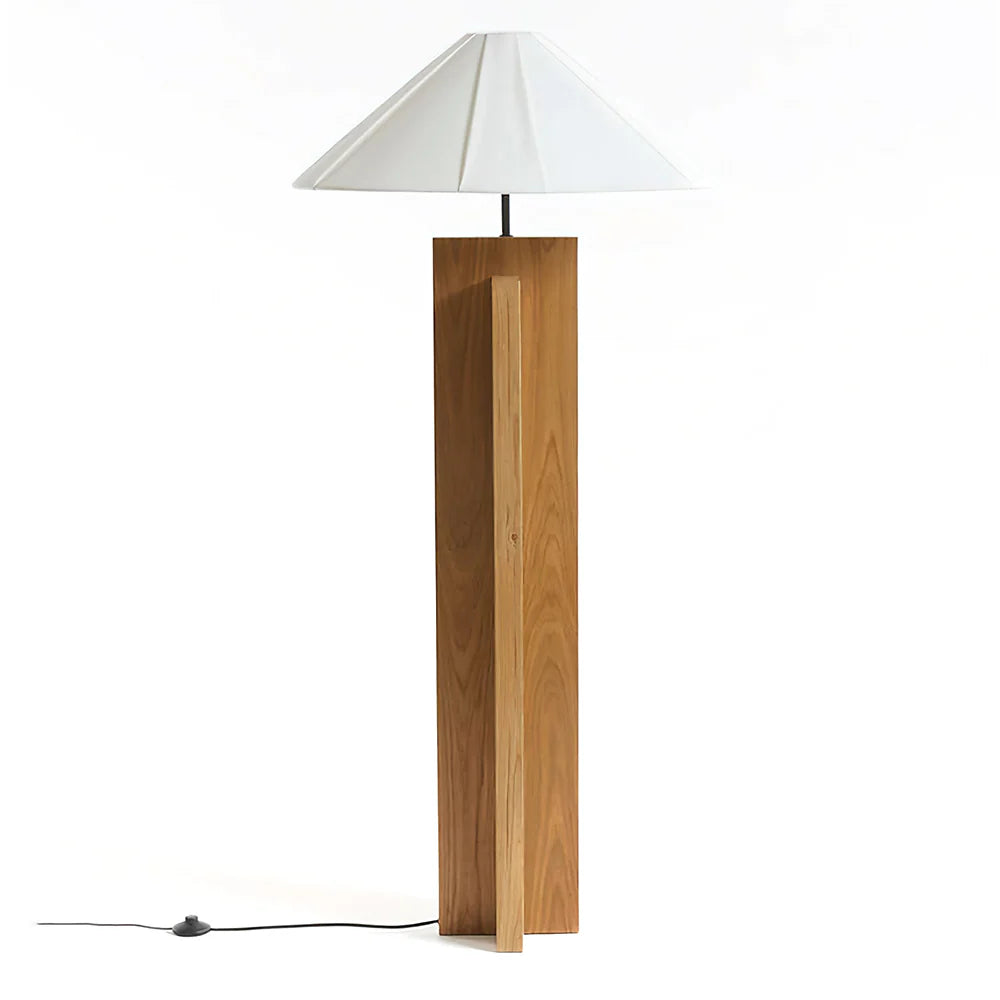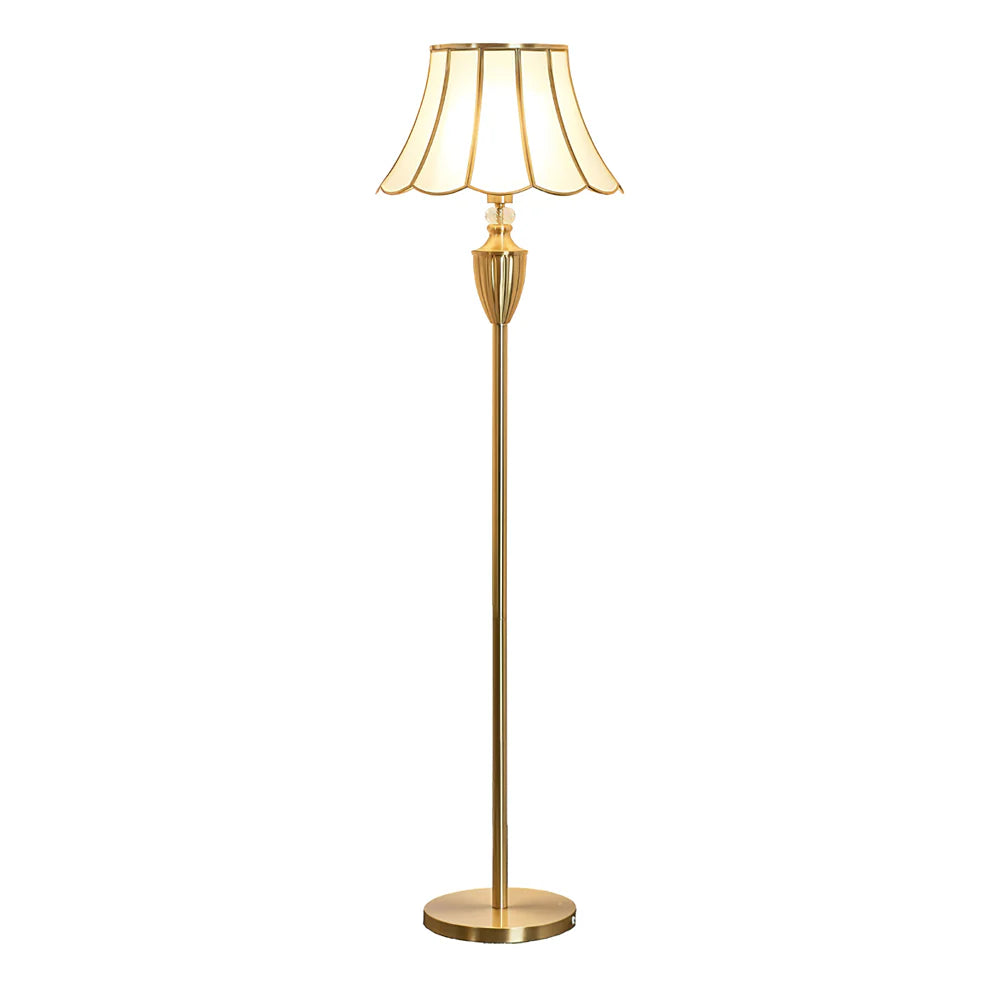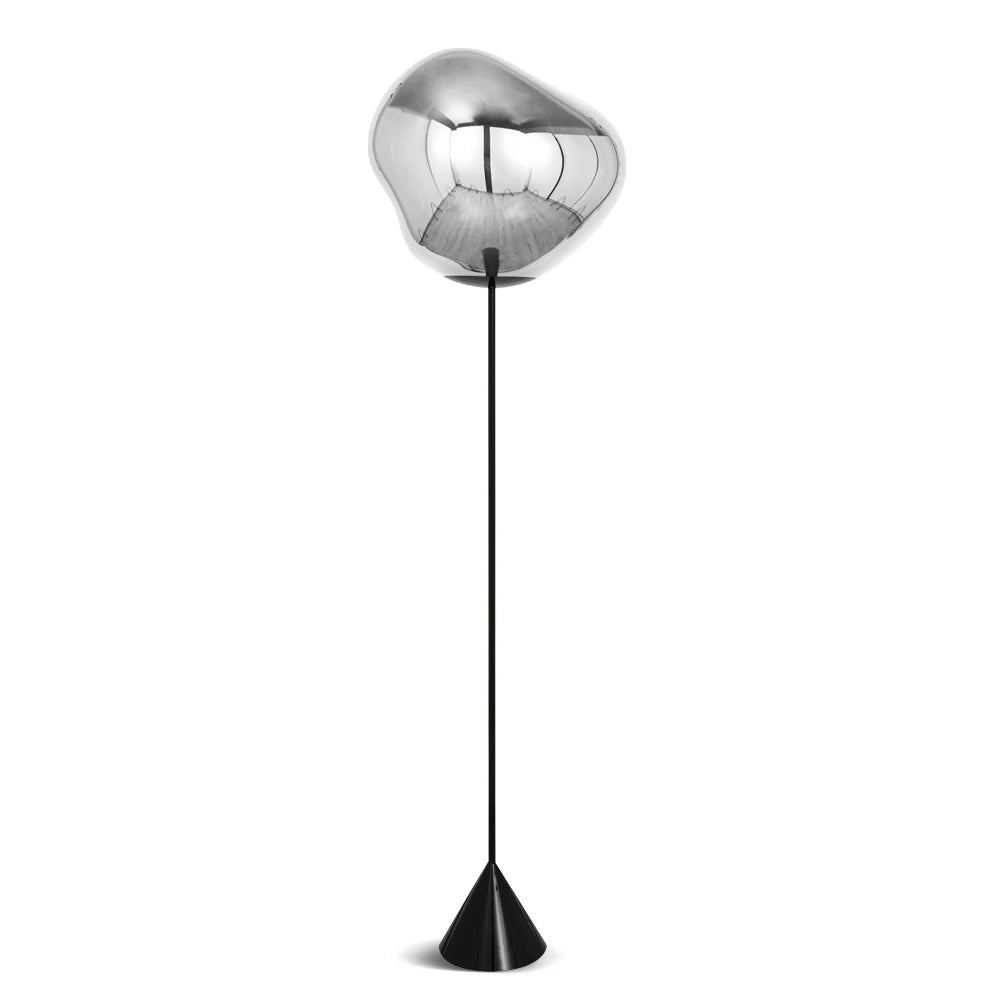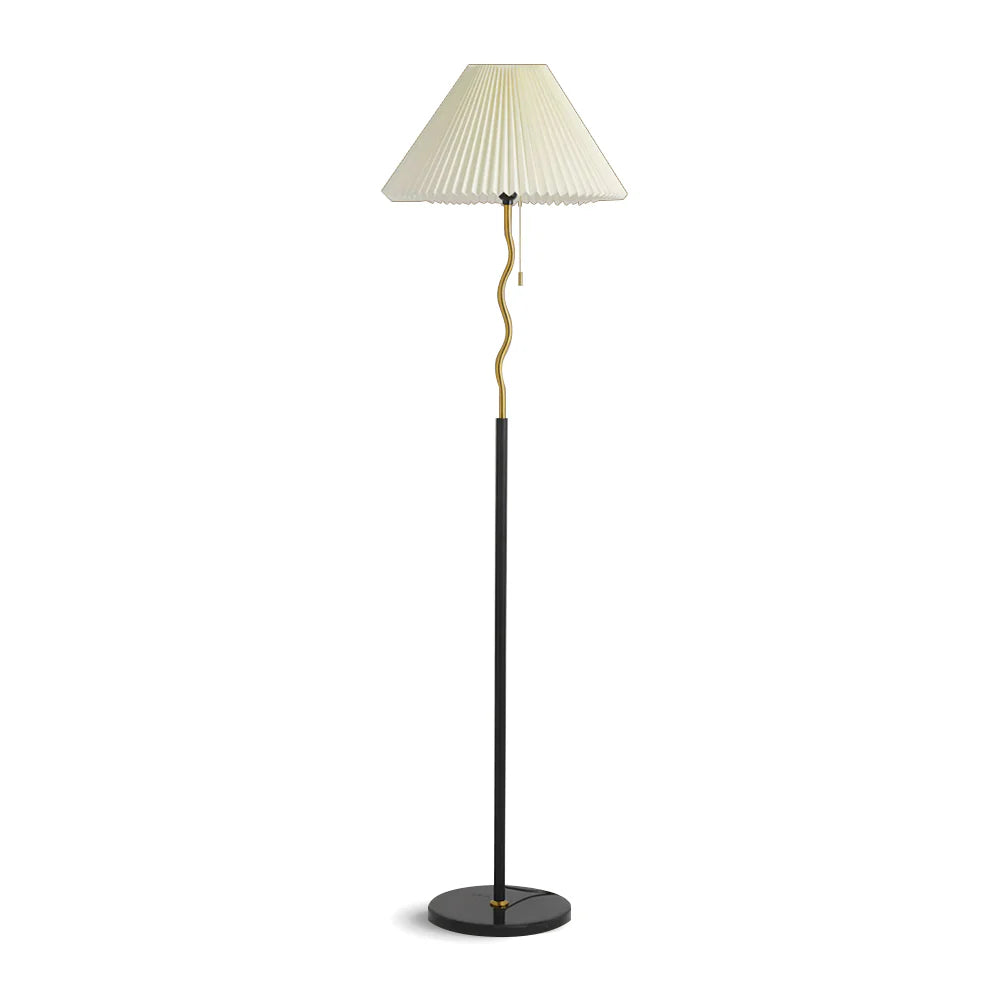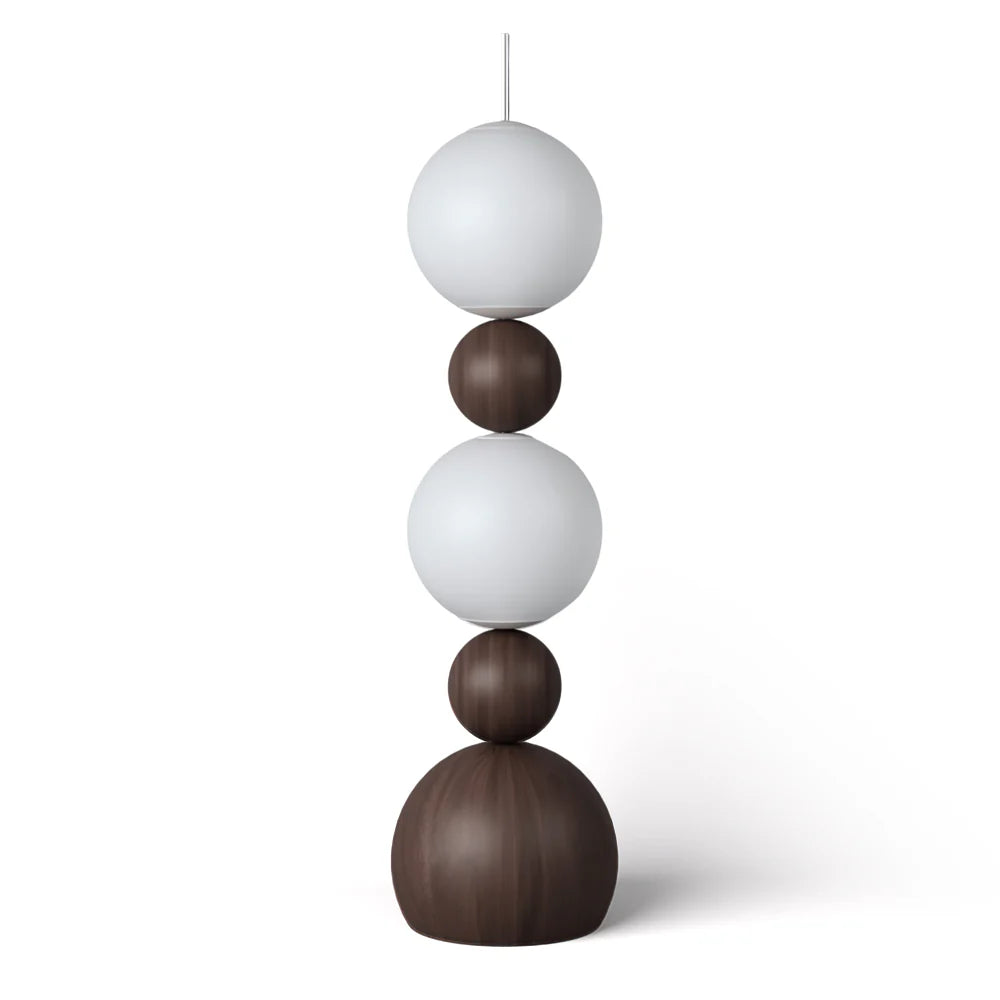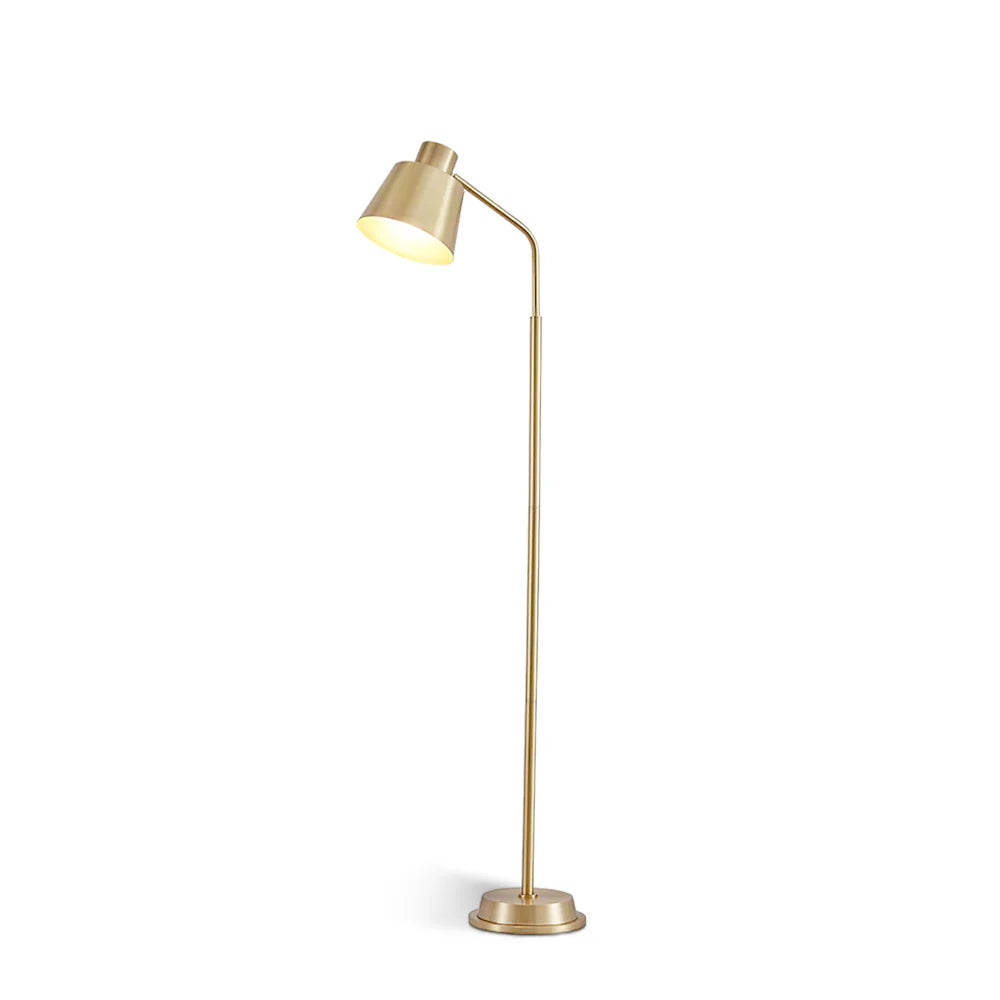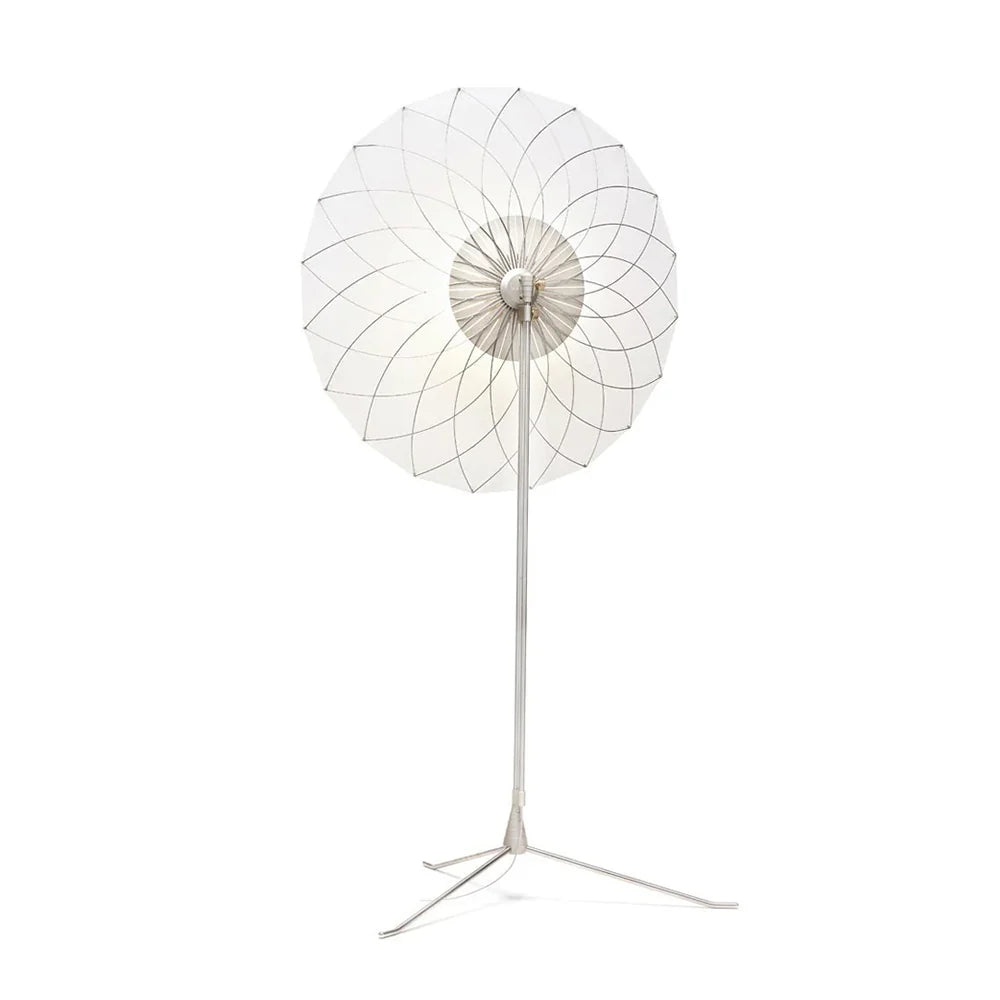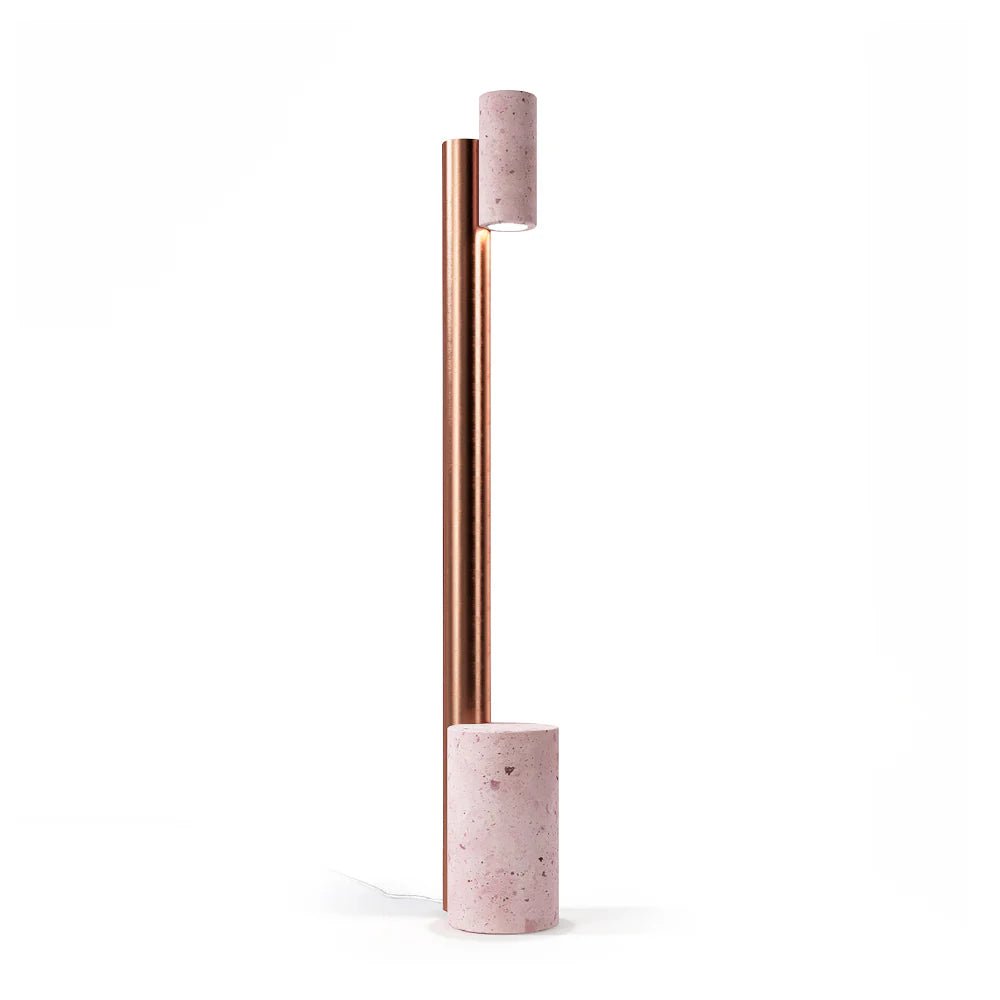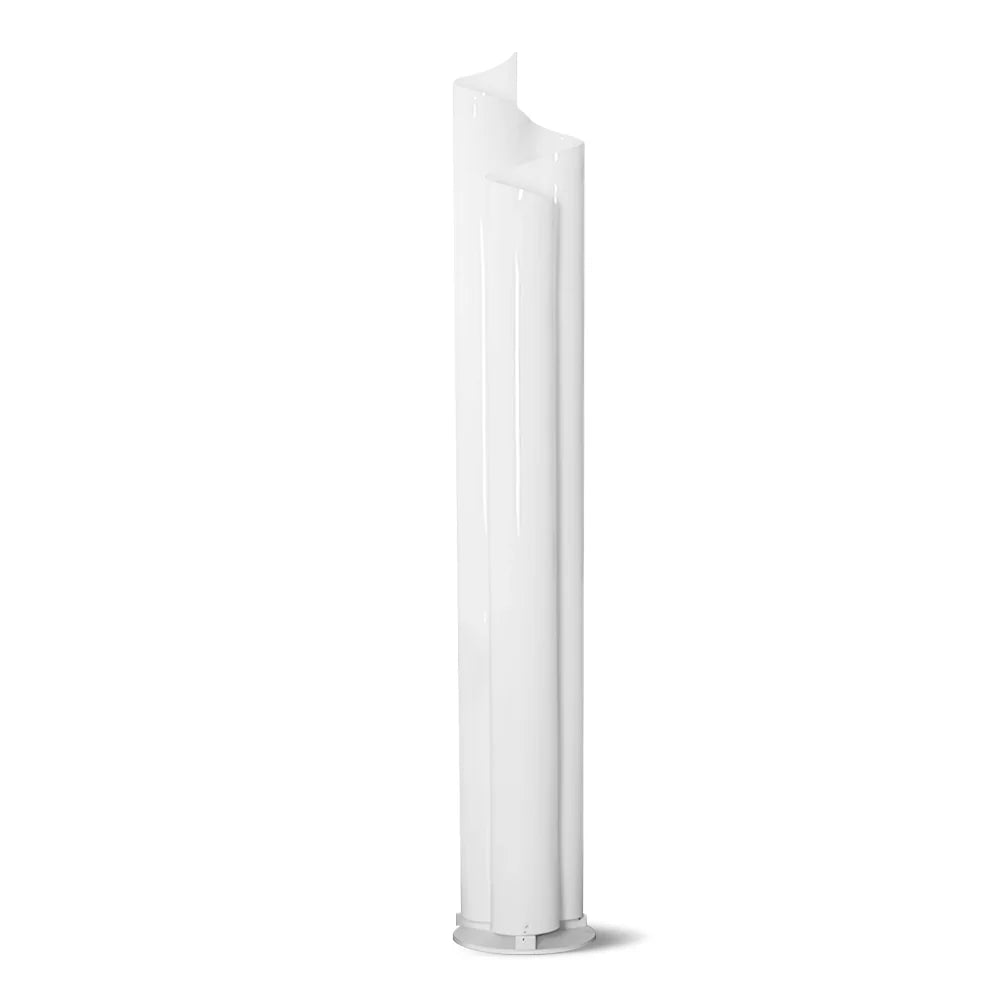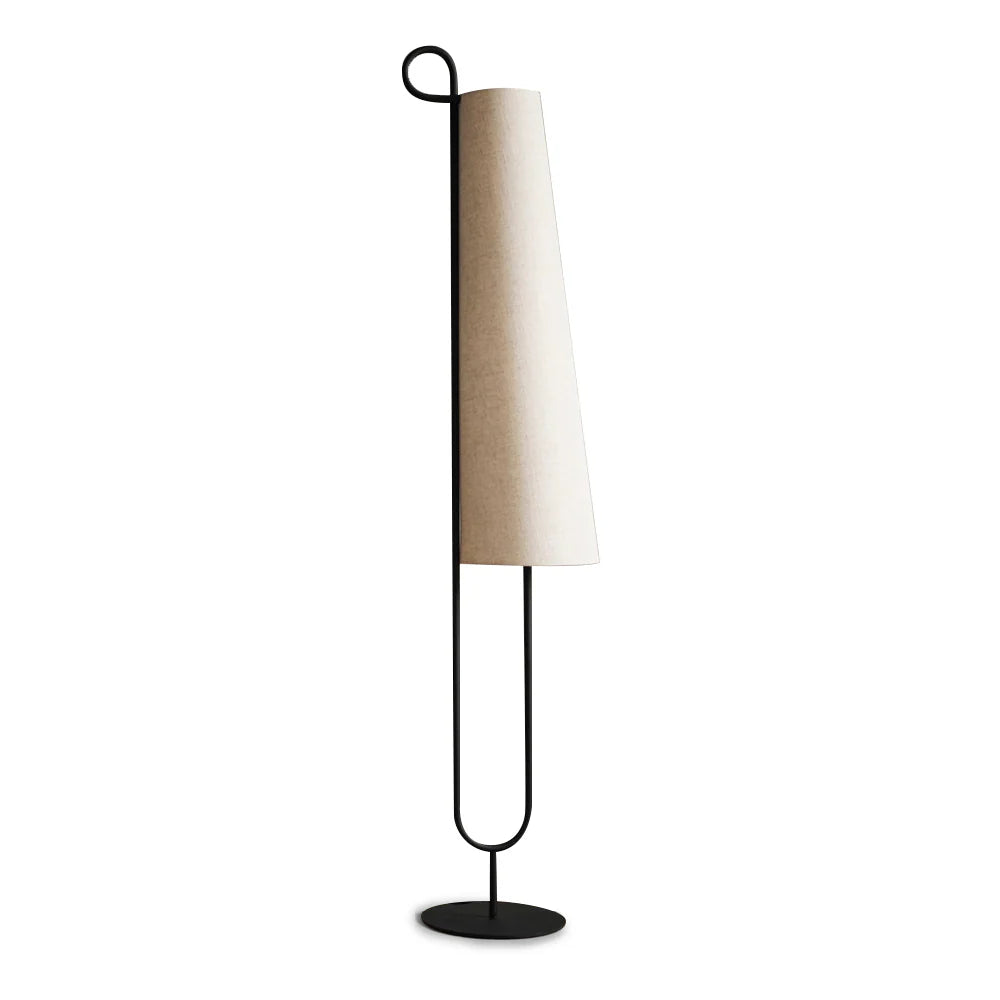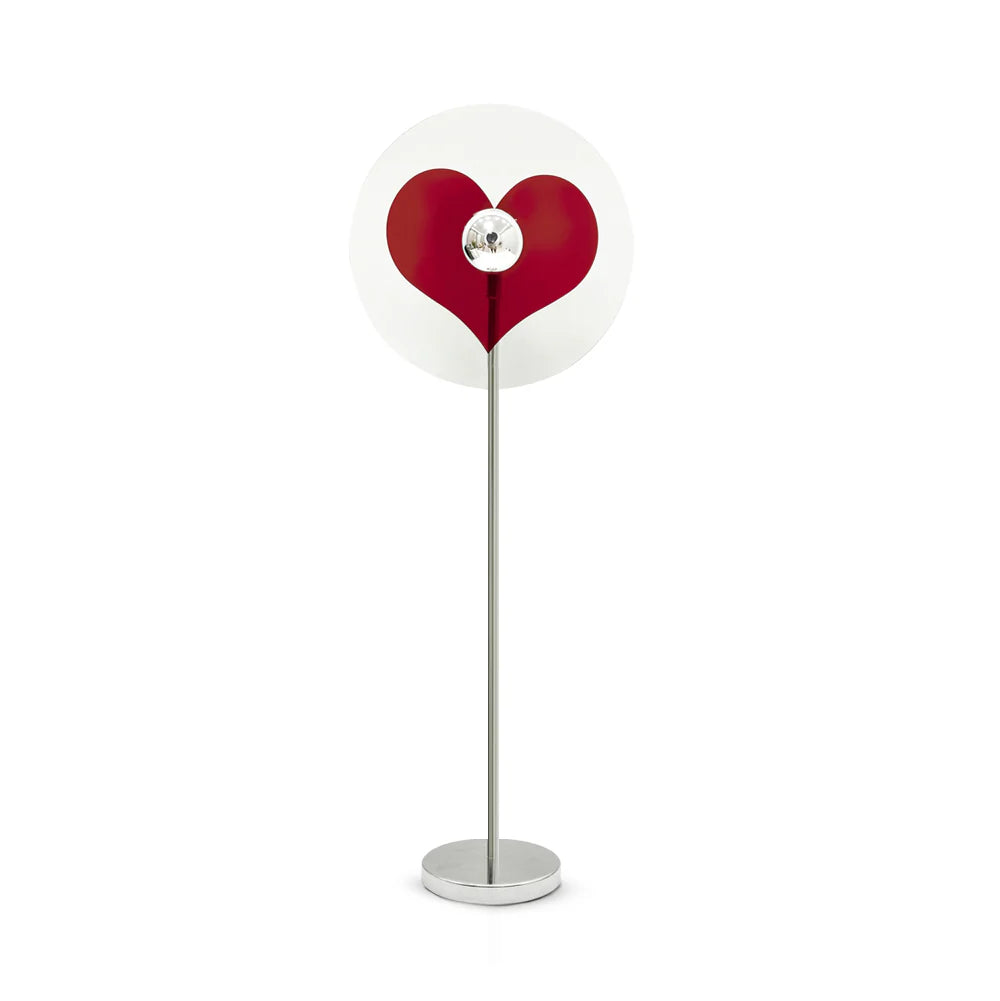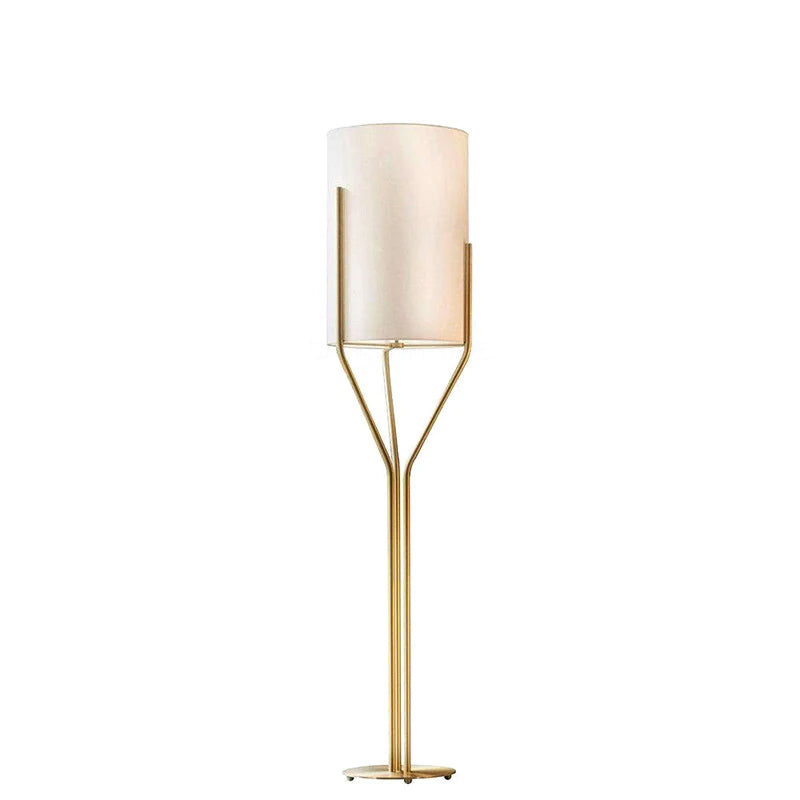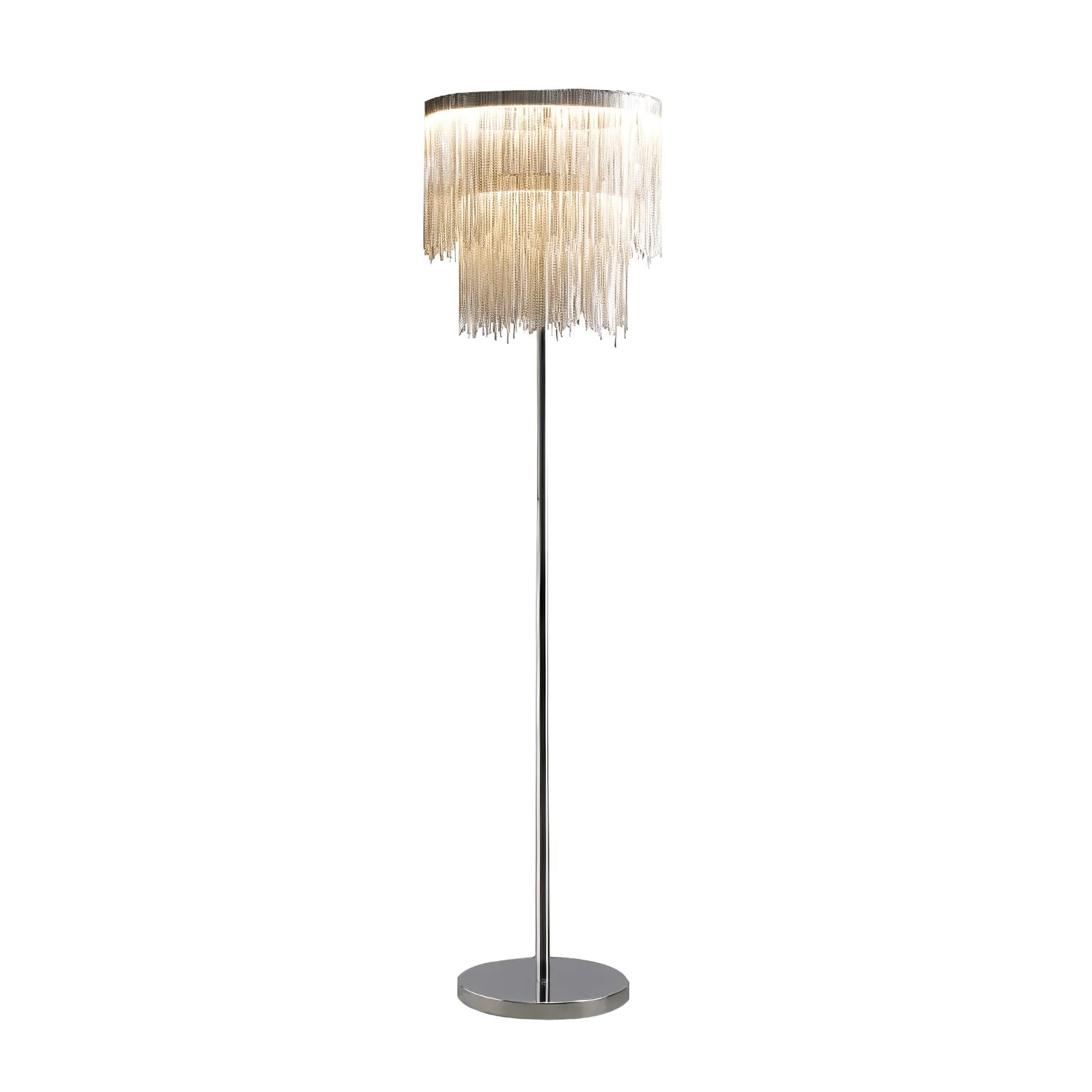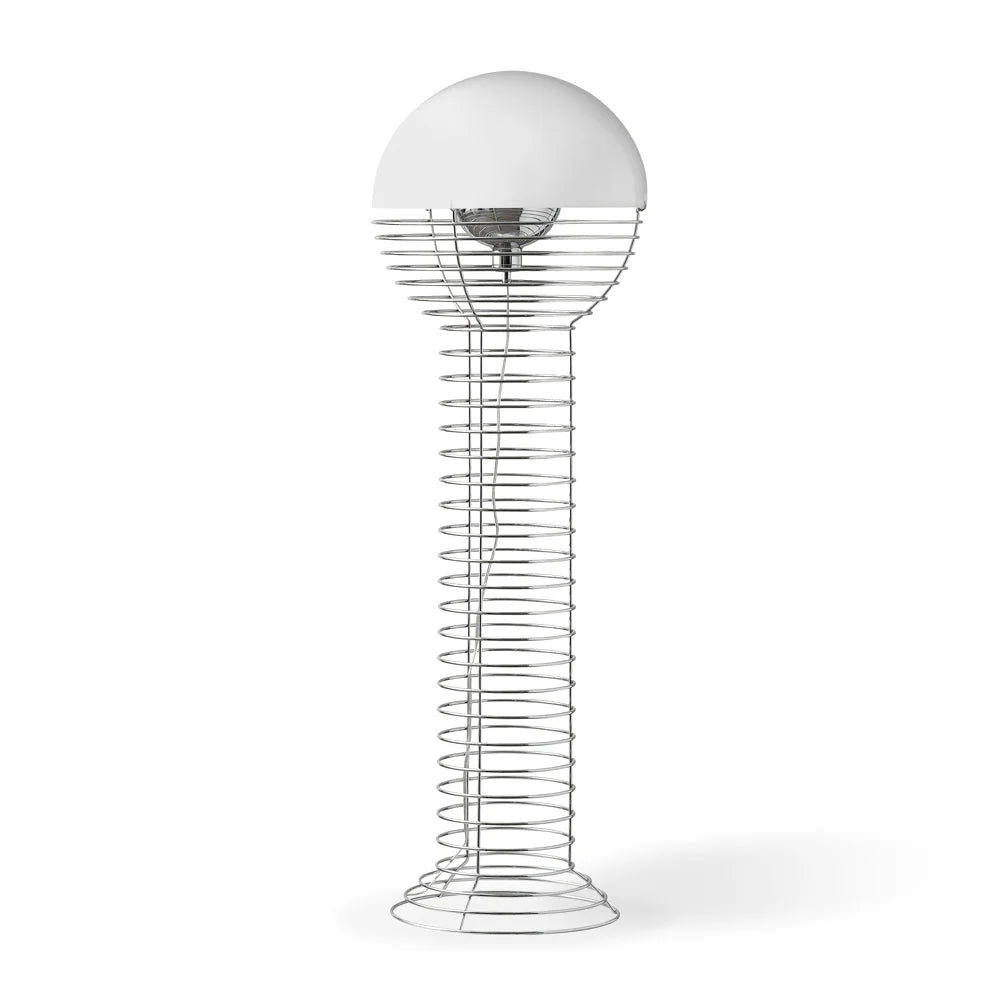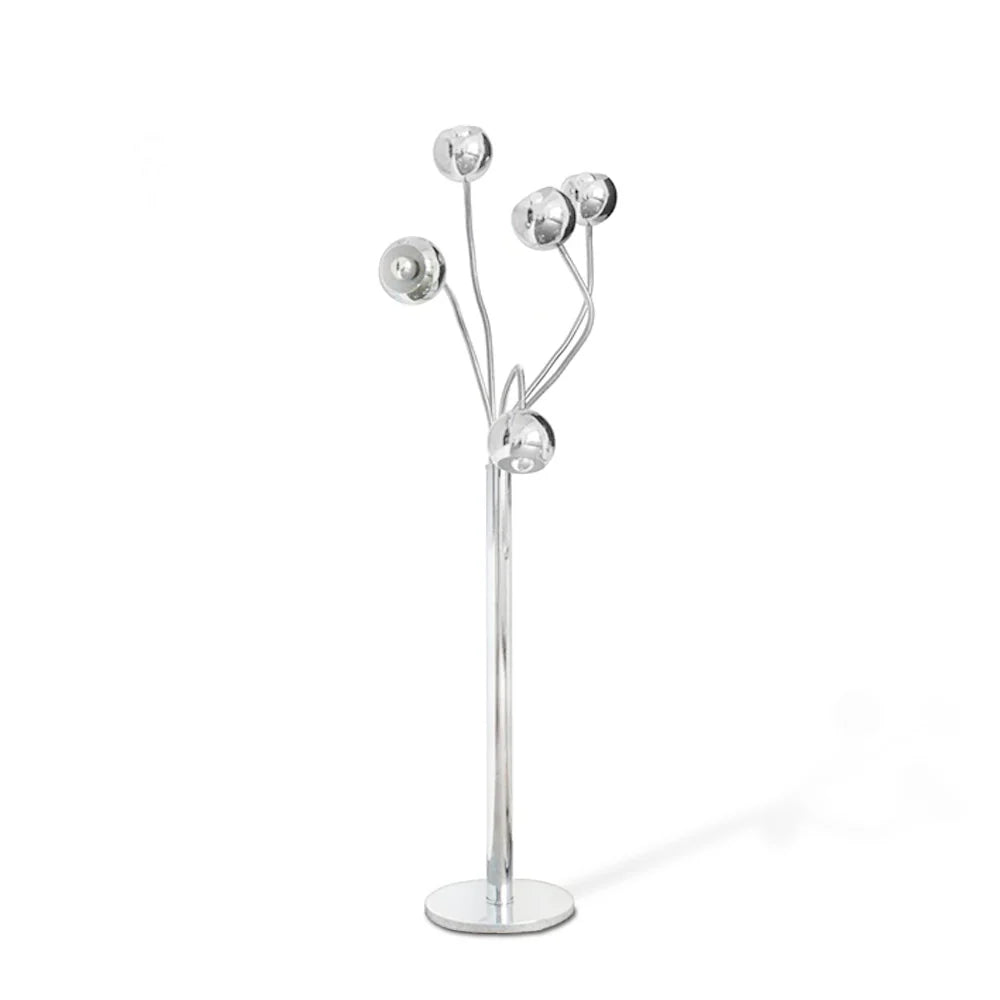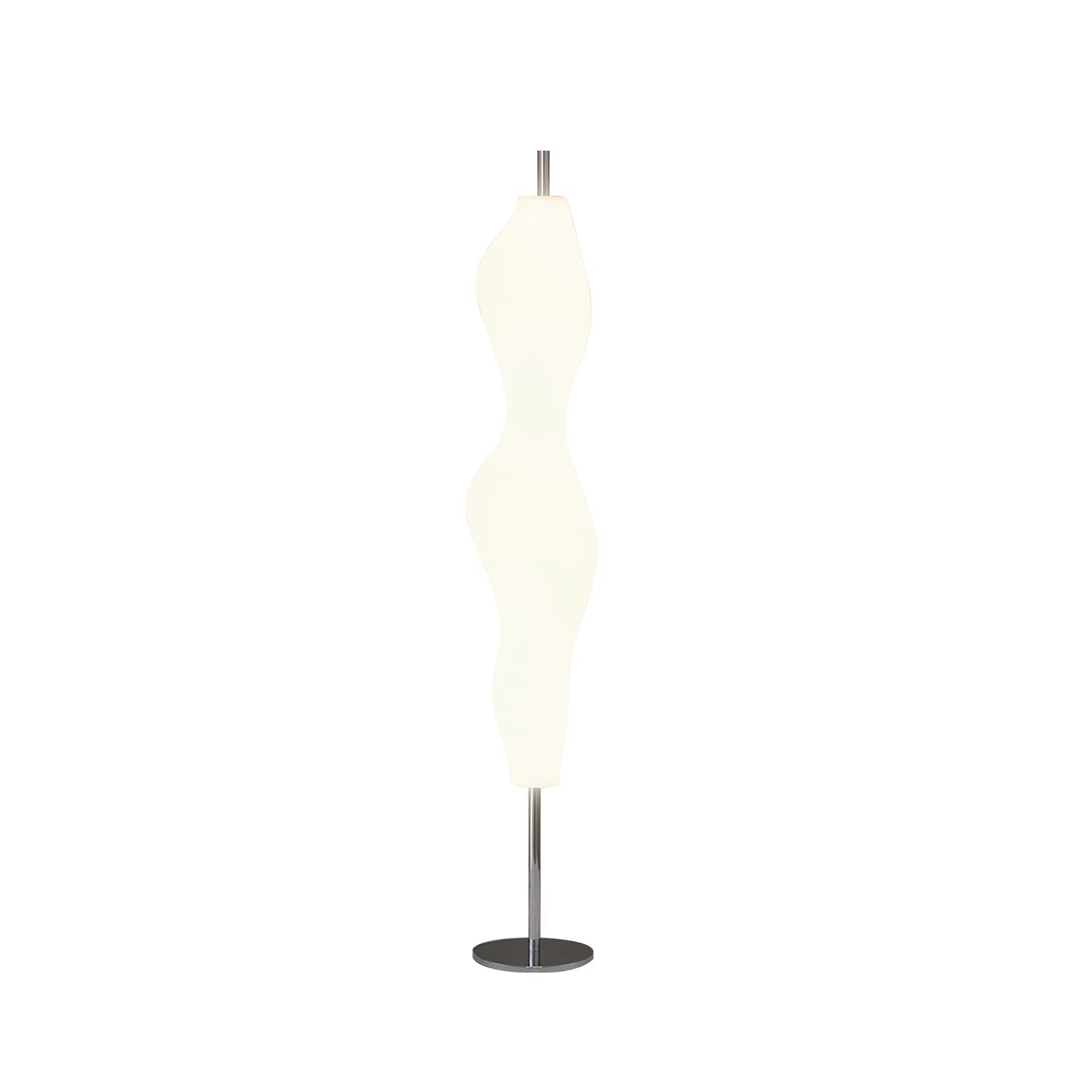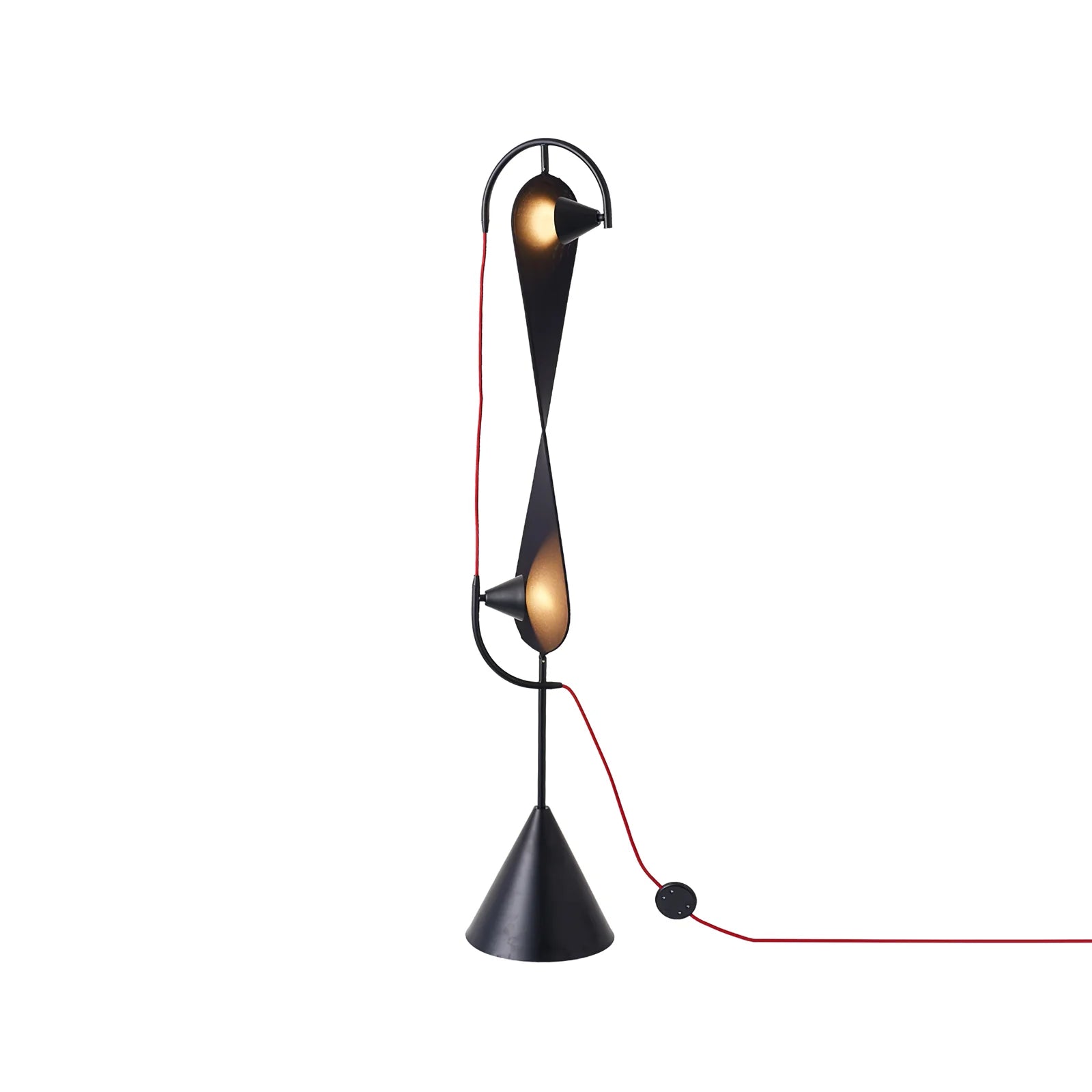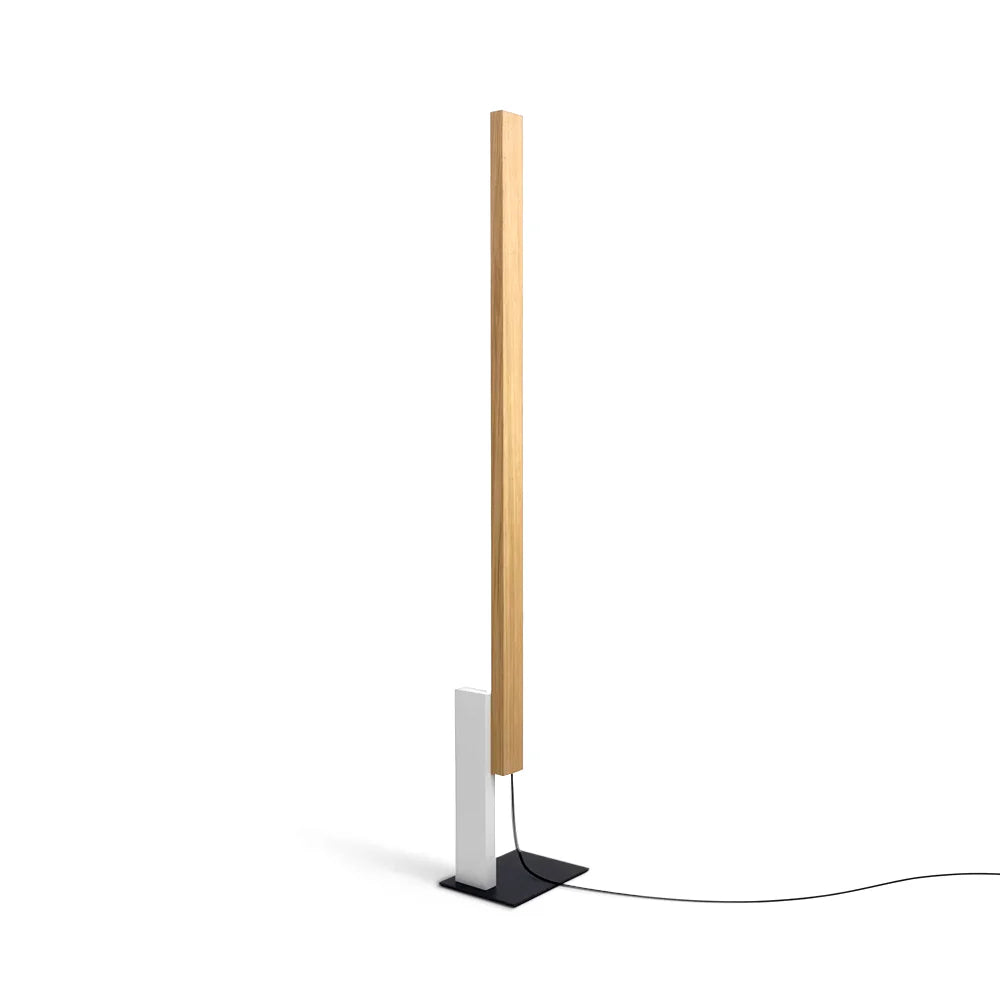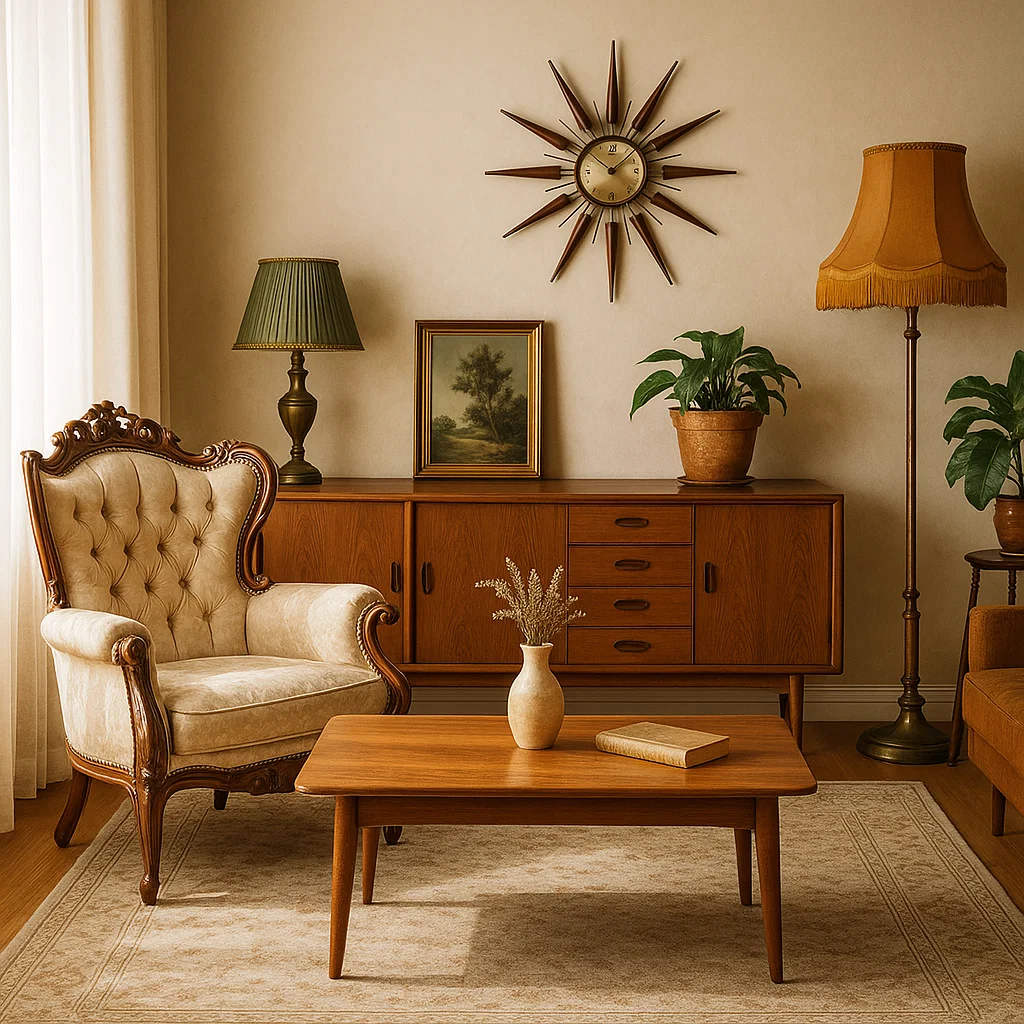
Antique vs. Vintage vs. Retro: What These Timeless Styles Bring to Modern Homes

The charm of the past continues to shape modern interiors in bold, beautiful ways. As an interior design professional and lighting expert, I’m often asked about the difference between antique, vintage, and retro — and more importantly, how each can elevate a home’s character and warmth.
Defining the Eras
Antique pieces are typically over 100 years old. These are the heirloom-quality treasures — a hand-carved sideboard from the early 1900s, a Louis XVI mirror, or a pair of gaslight-era sconces. They carry craftsmanship and stories you simply can’t replicate. 
Vintage furniture and decor usually span 20 to 99 years in age. Think mid-century teak dining chairs, 1960s Murano glass pendants, or 1980s Memphis-inspired consoles. These pieces are ideal for homeowners looking to blend nostalgia with functionality. 
Retro, on the other hand, is more about style than age. Retro pieces may be newer but are designed to mimic the look and vibe of older decades — from lava lamps to boomerang coffee tables. Retro adds whimsy and flair without committing to historical authenticity. 
What Each Brings to a Home
-
Antique items bring depth, value, and authenticity. They're perfect for creating a curated, collected-over-time atmosphere. Pairing antique lighting with modern furniture can ground a space in elegance.
-
Vintage strikes a balance — it’s both accessible and full of character. Many of our lighting clients use vintage pendant lamps to bring warmth and story into newly built spaces.
-
Retro offers playful energy. In projects where the goal is bold color or fun geometry (especially in kids’ rooms or creative studios), retro pieces can become conversation starters.

Why Designers Love Mixing Old and New
At Malane Lighting, we often recommend integrating one standout vintage or antique light fixture into a modern room. It’s a powerful way to add soul and sustainability to a space without overwhelming it. Plus, older pieces were often built to last — a quality today’s homeowners increasingly appreciate. 
Whether you're curating a century-old study or refreshing a loft with mid-century touches, understanding the difference between antique, vintage, and retro helps you make choices that reflect your personality and stand the test of time.


